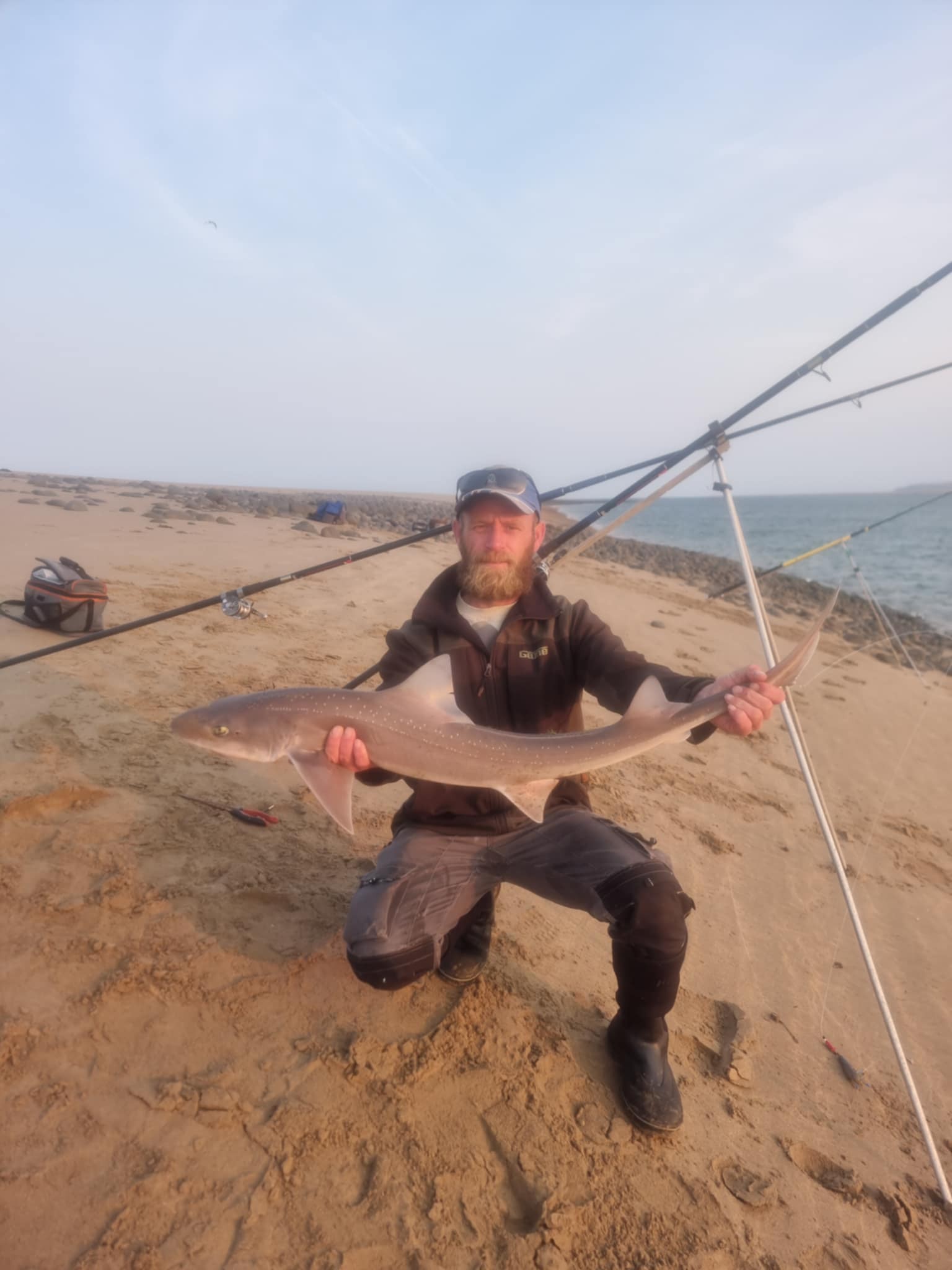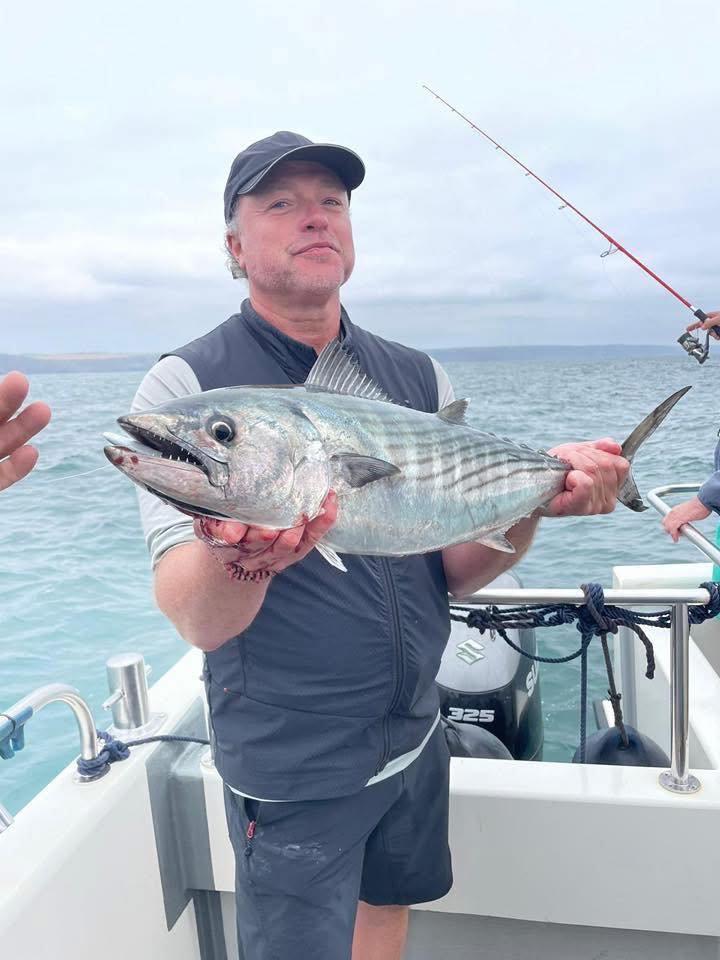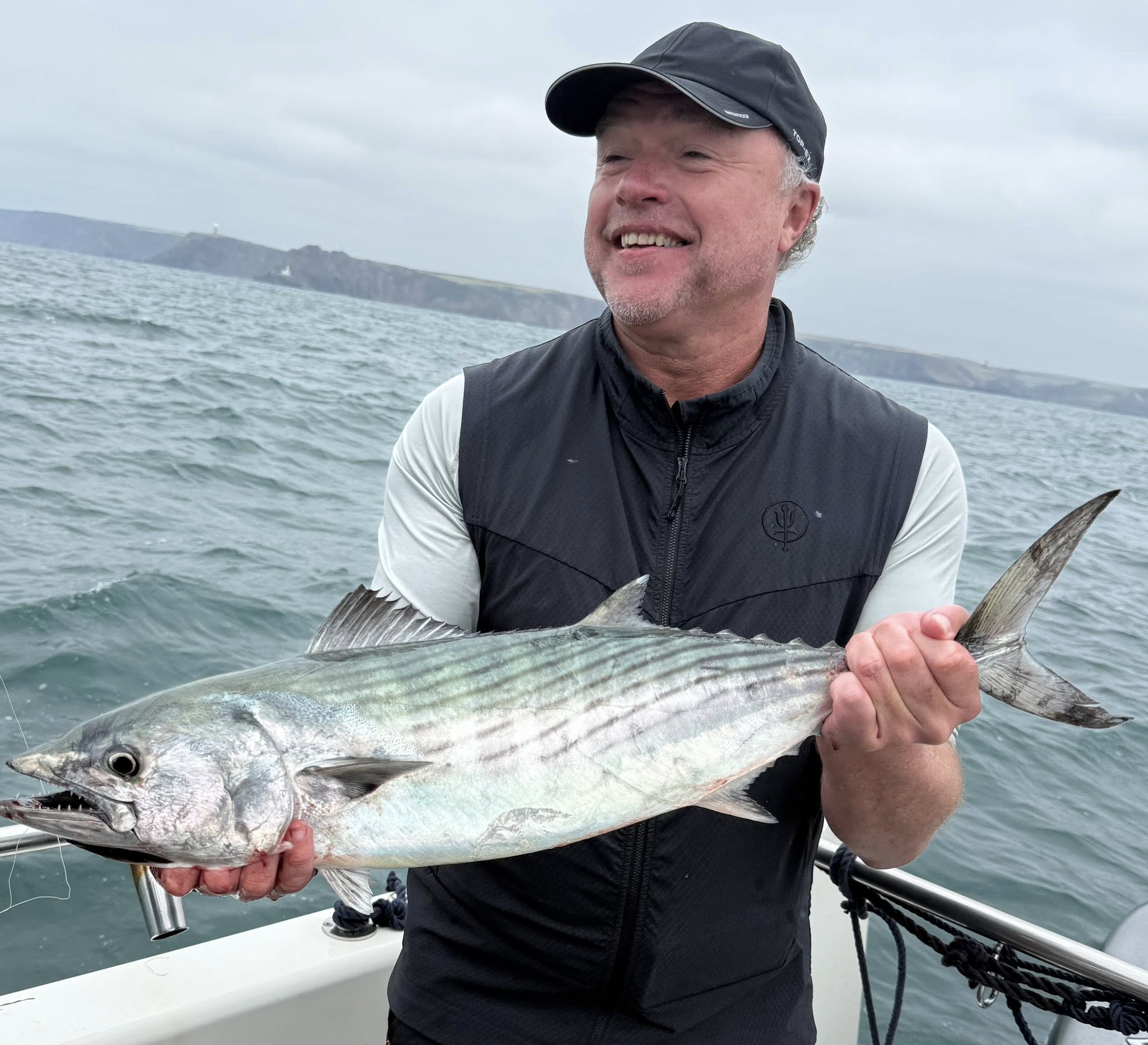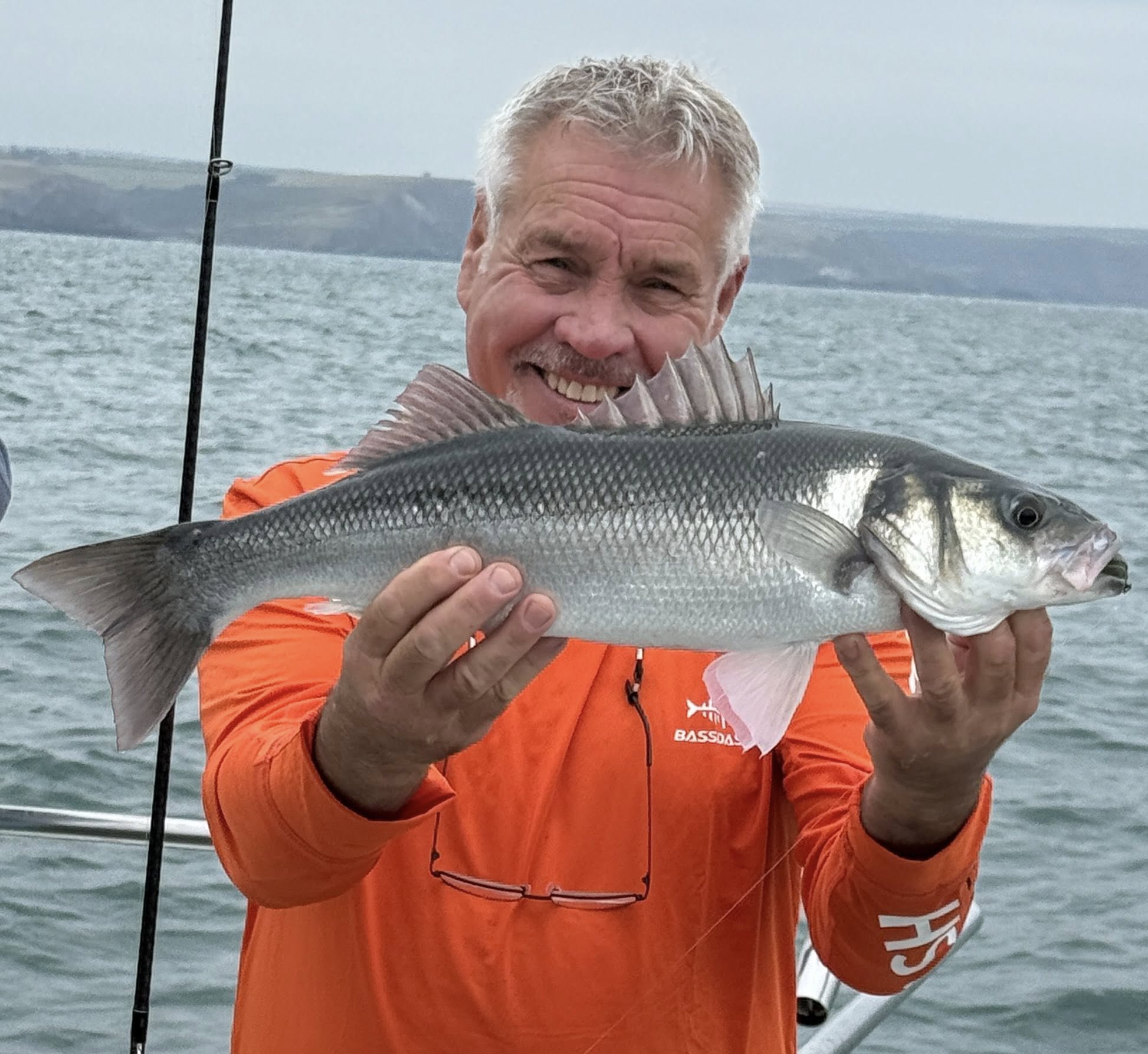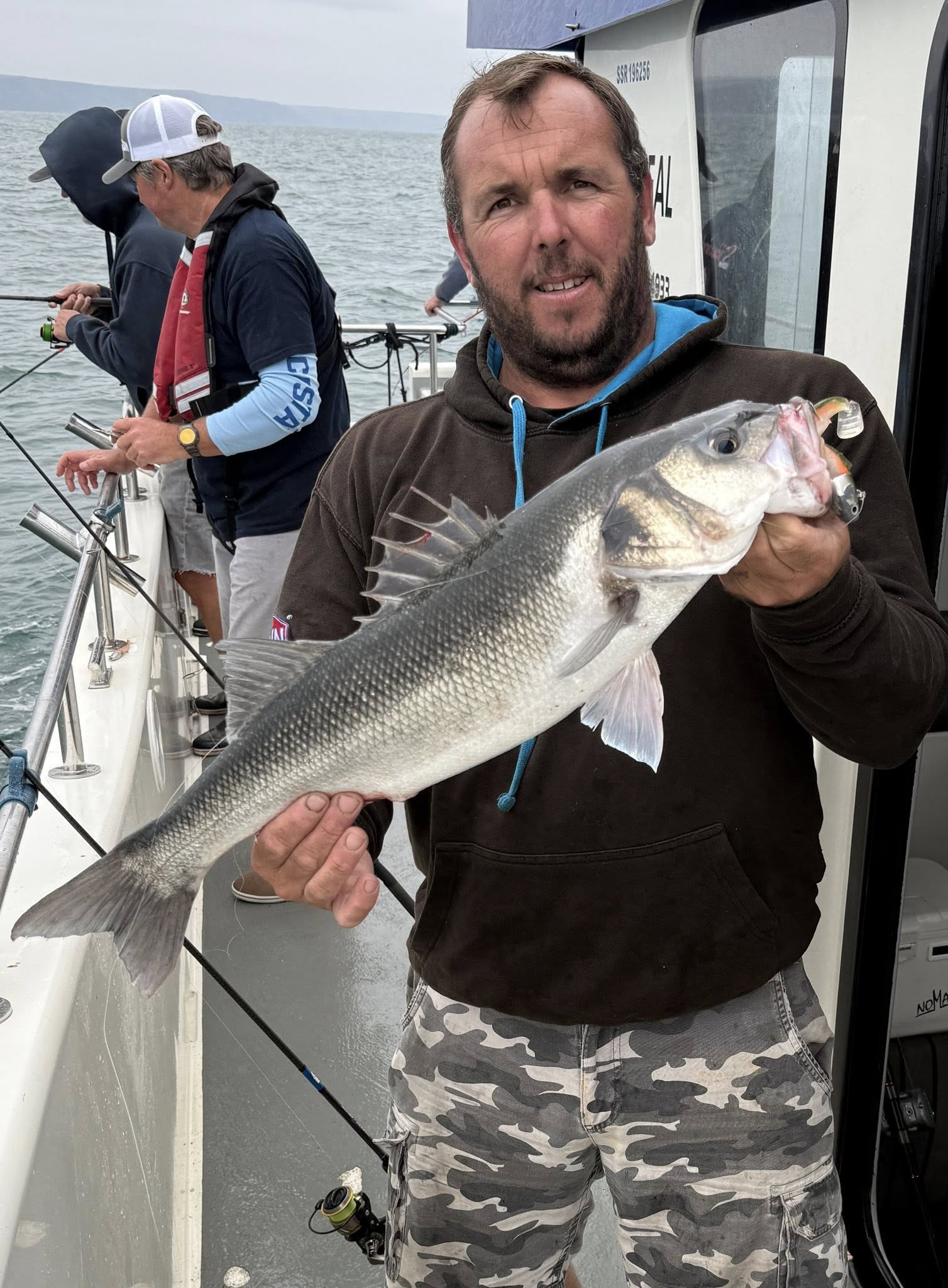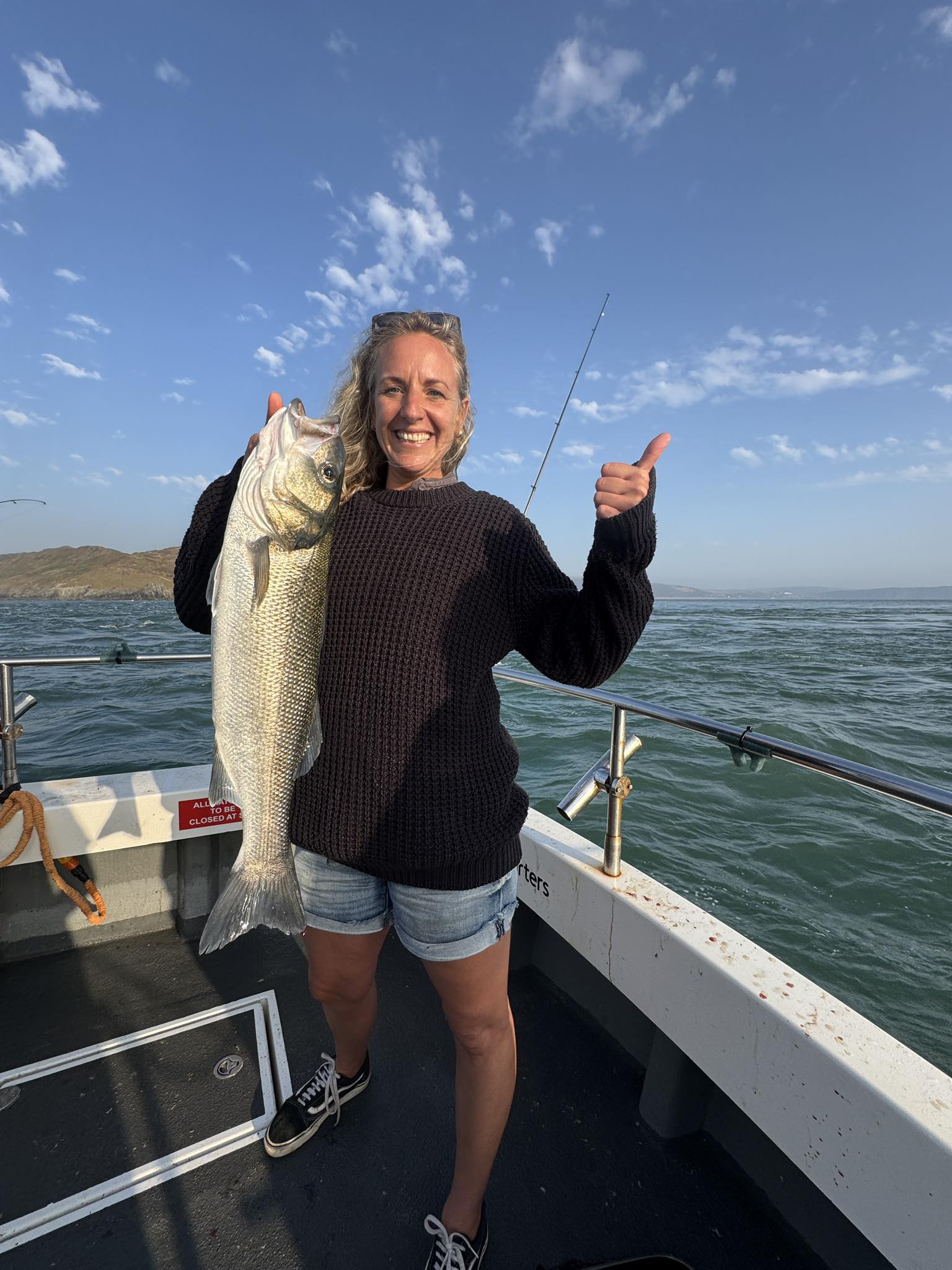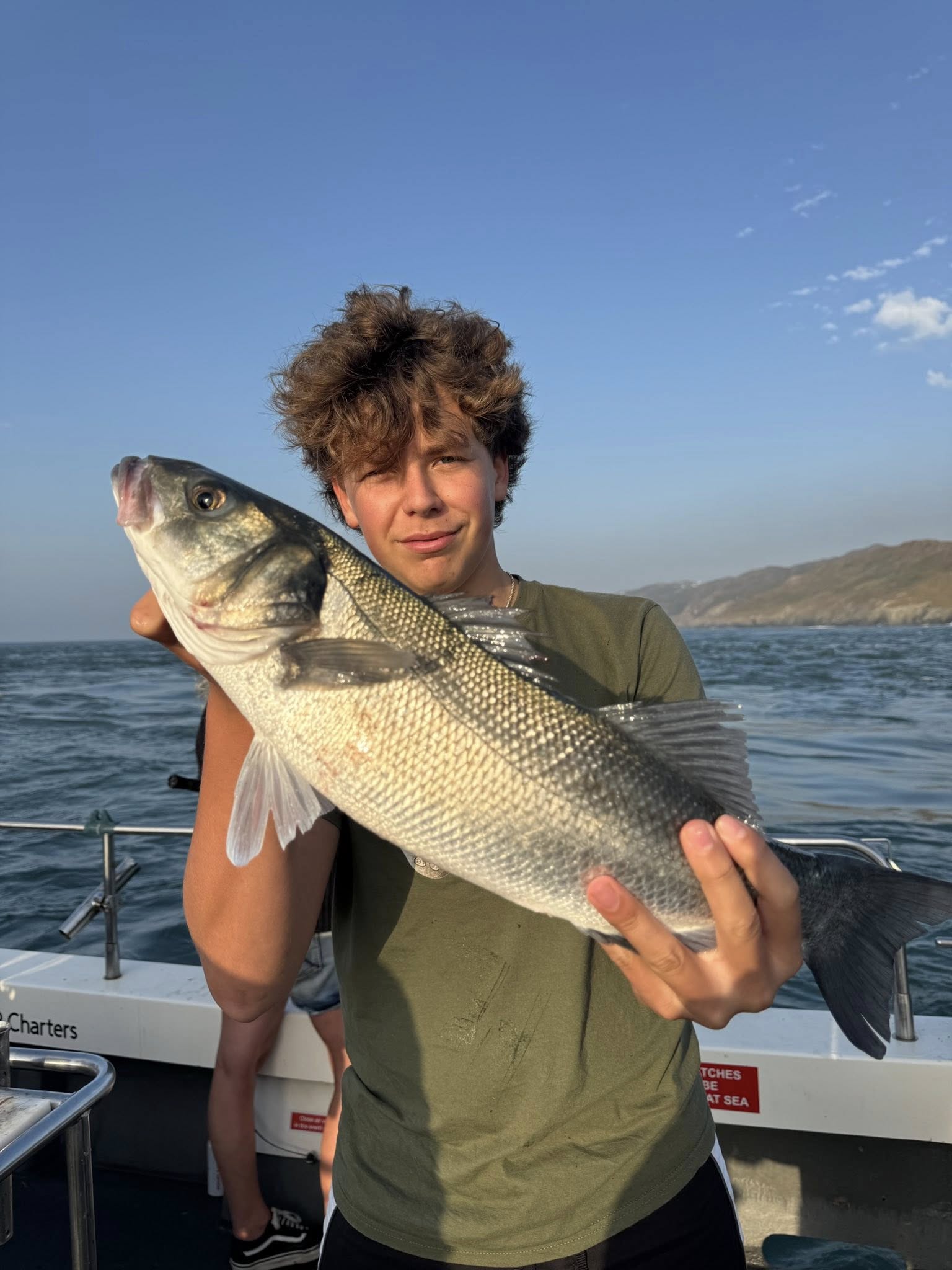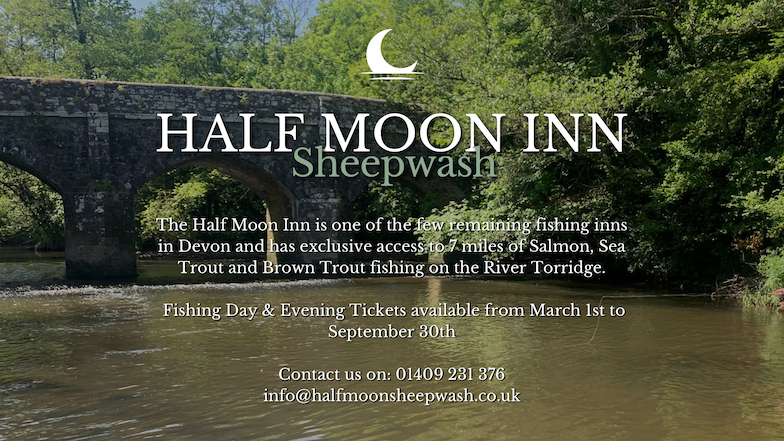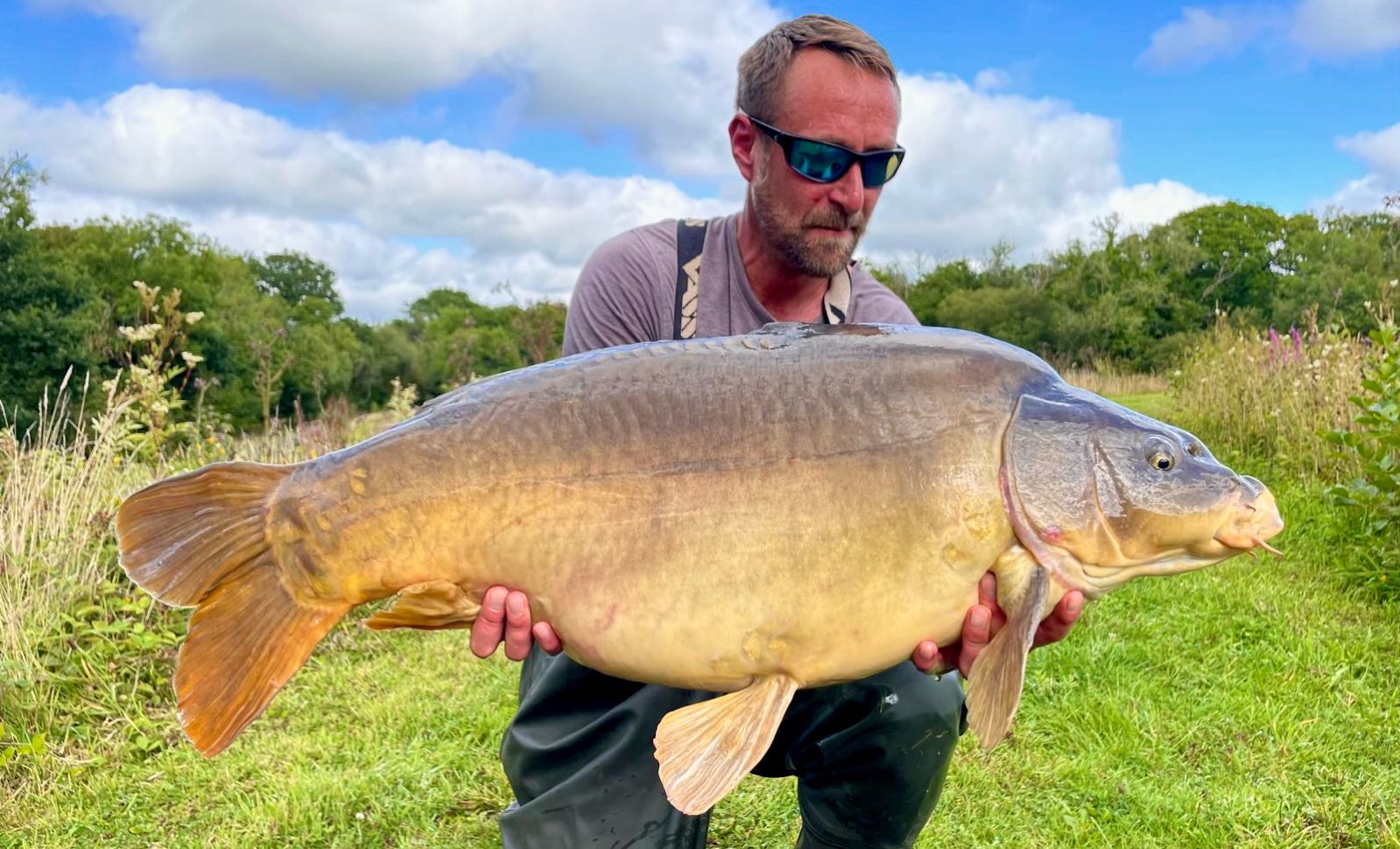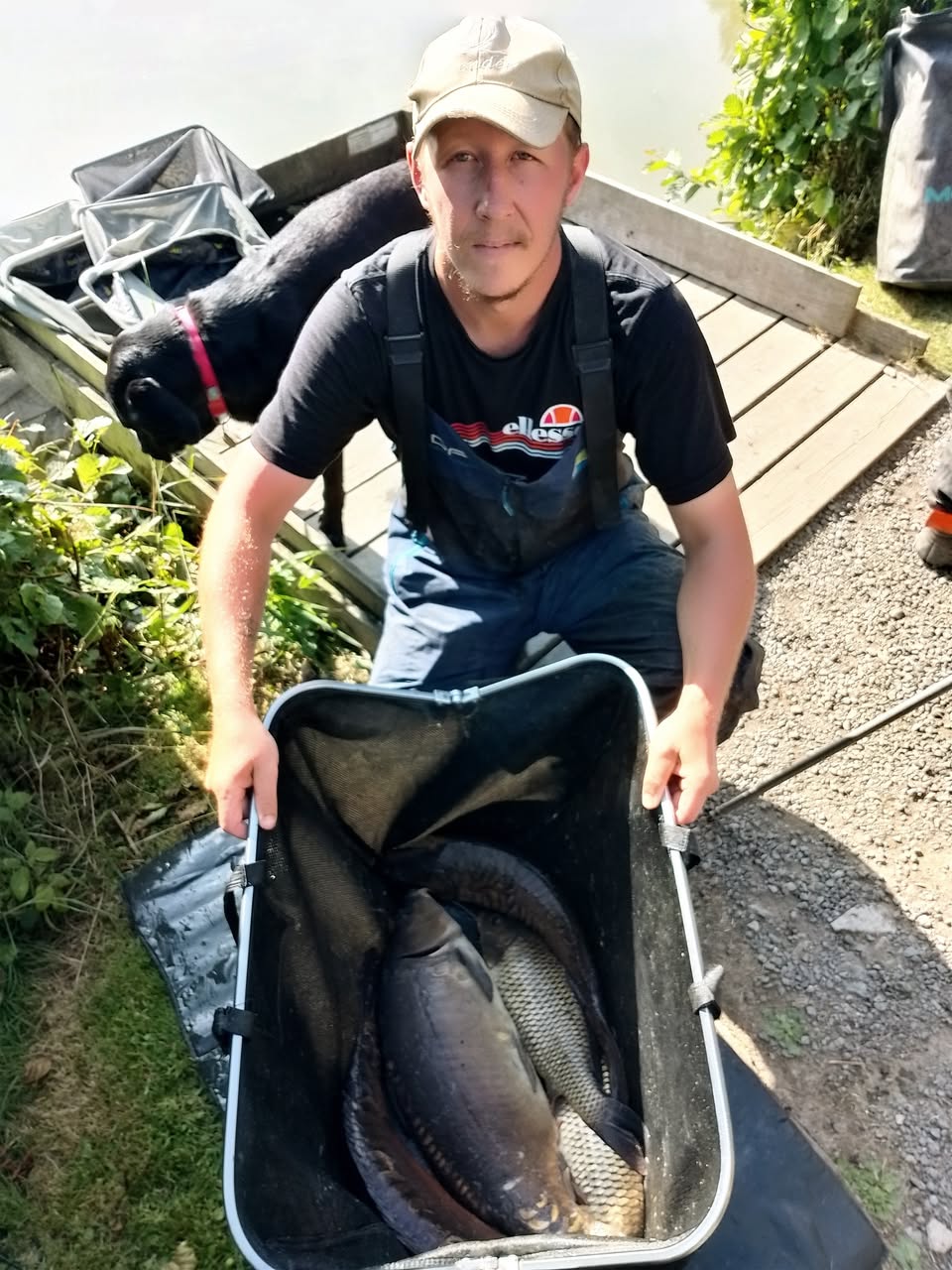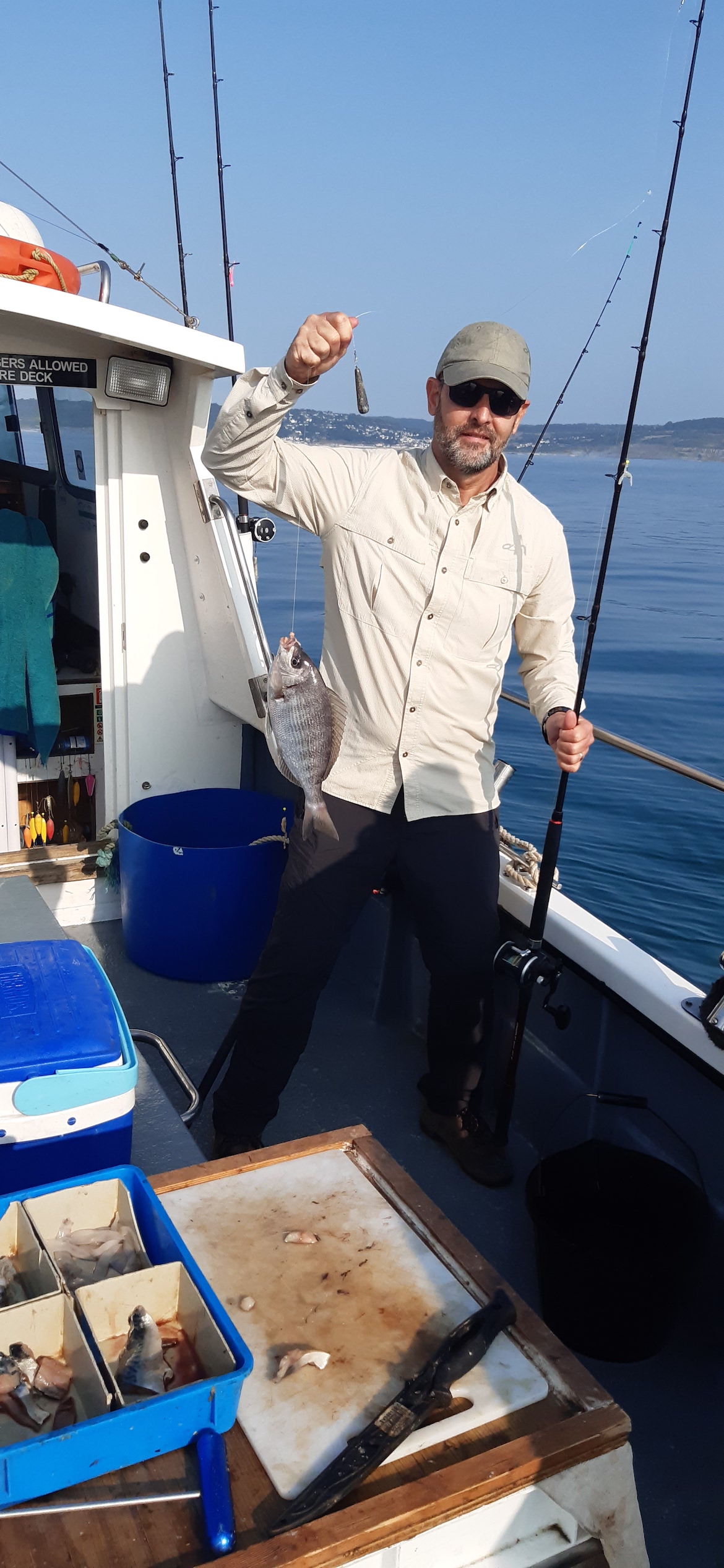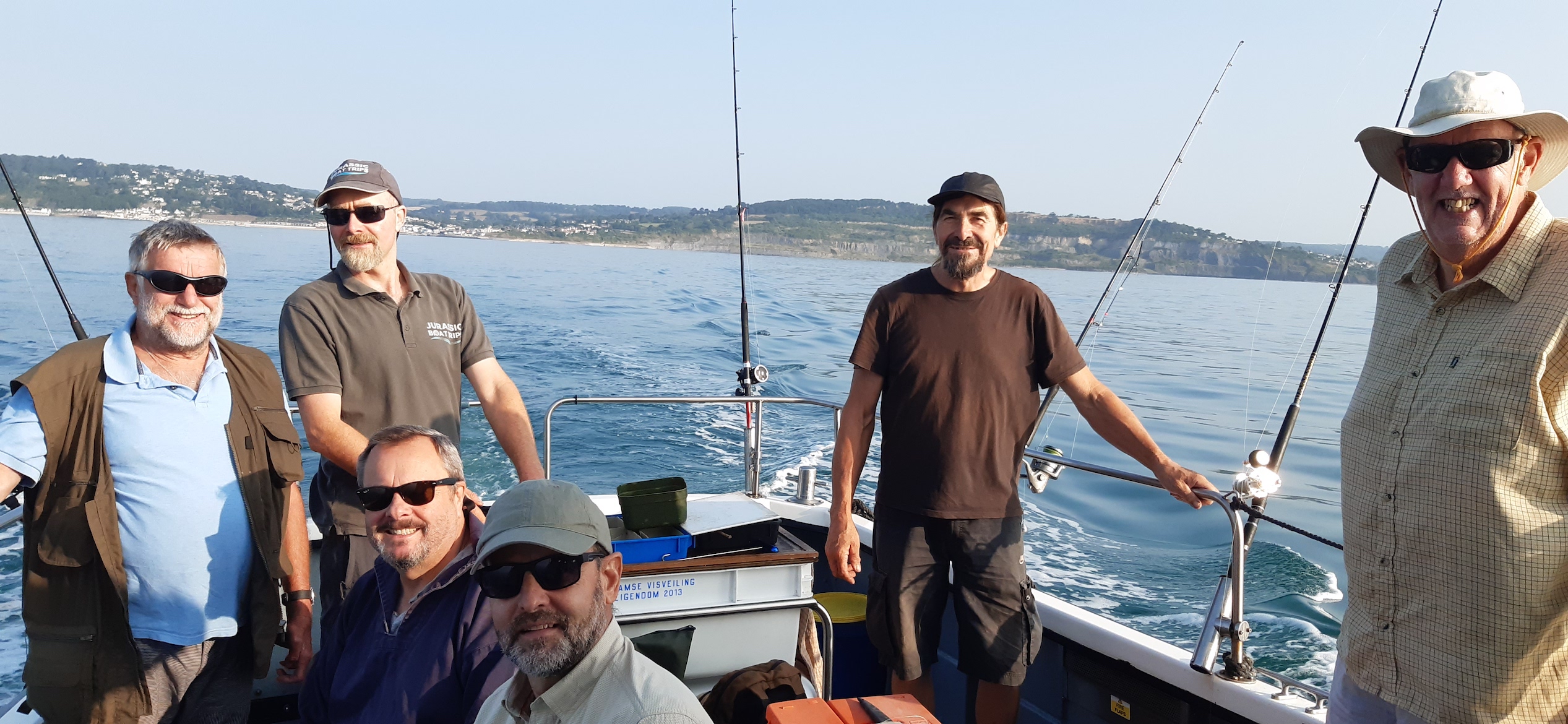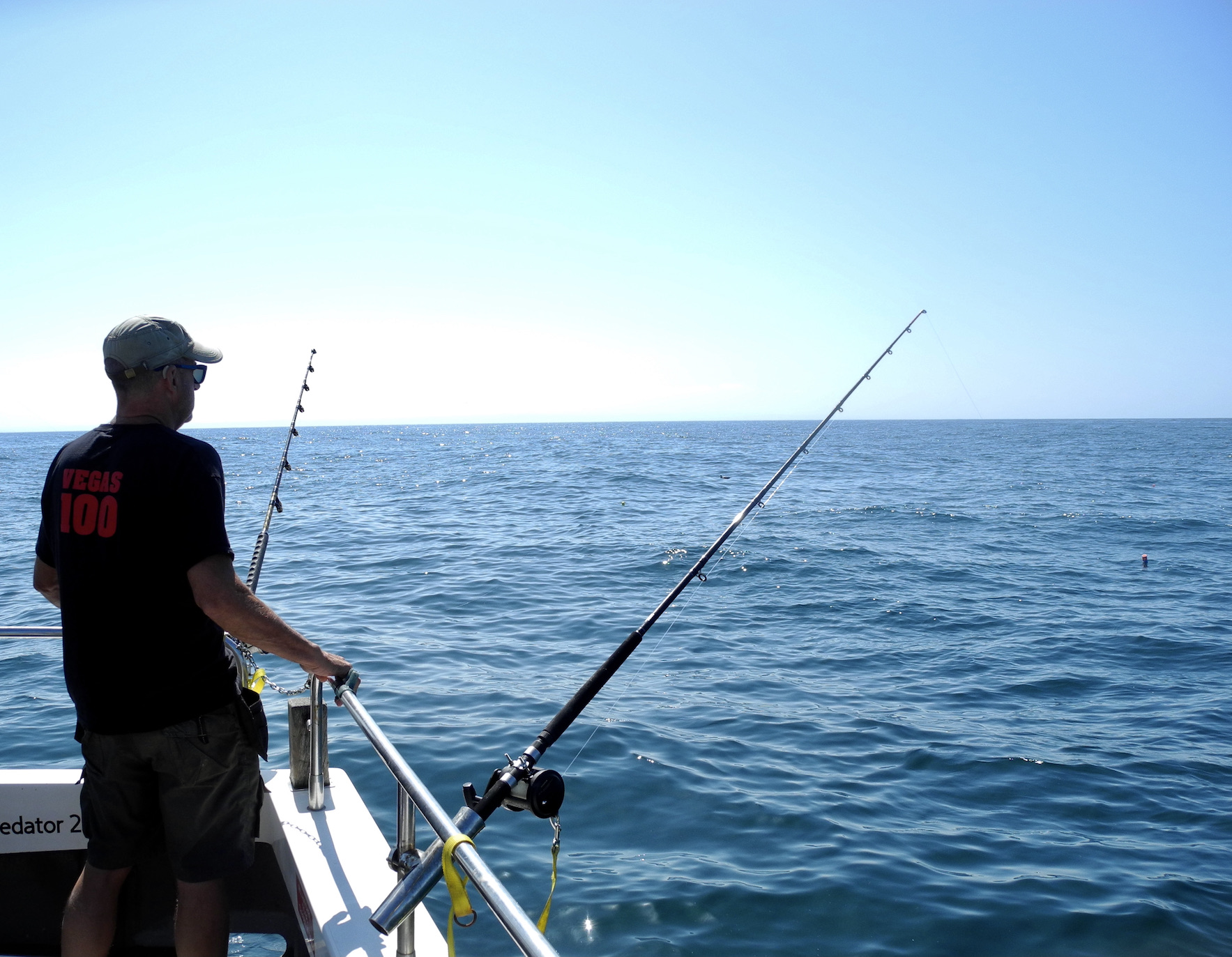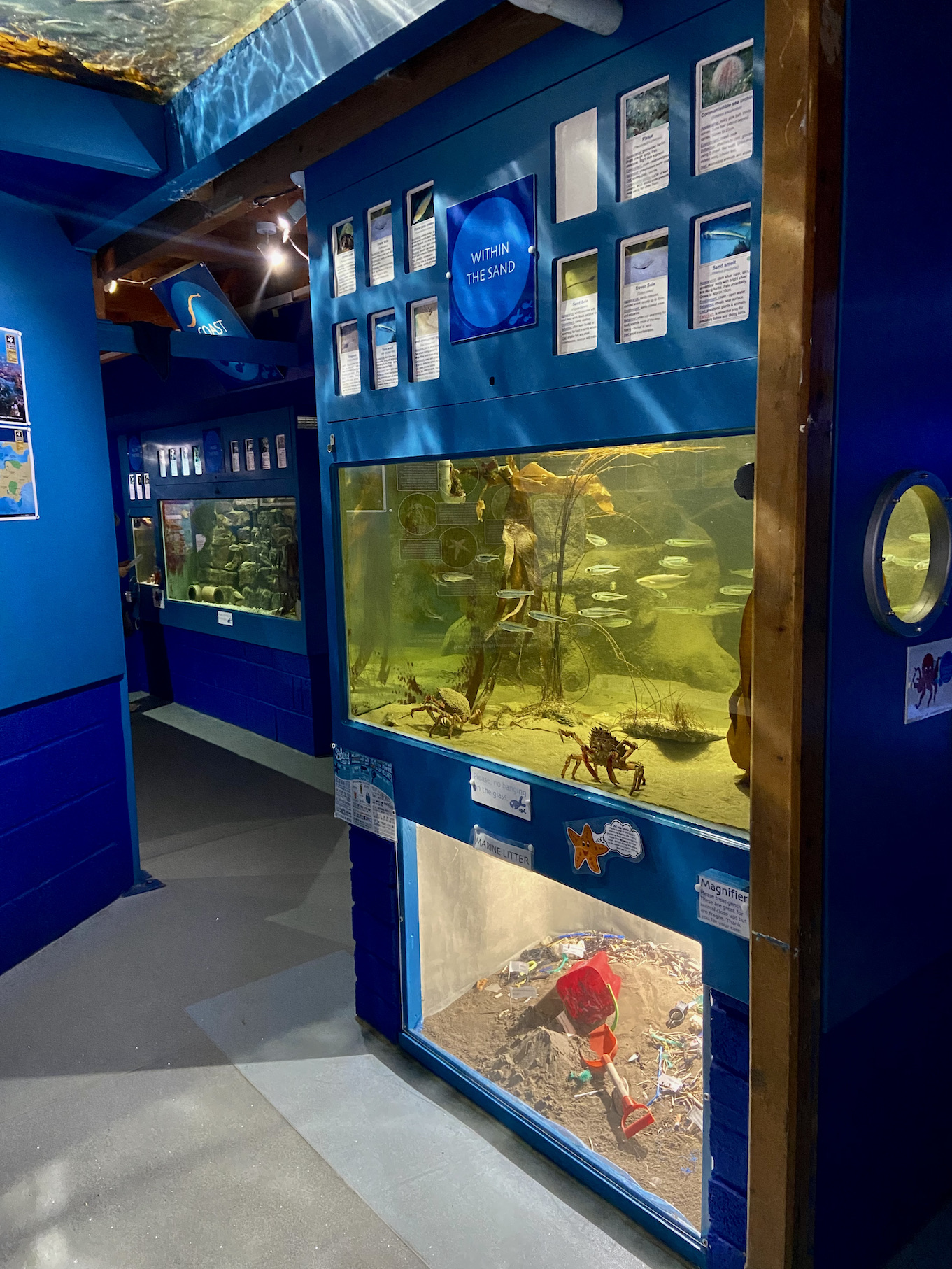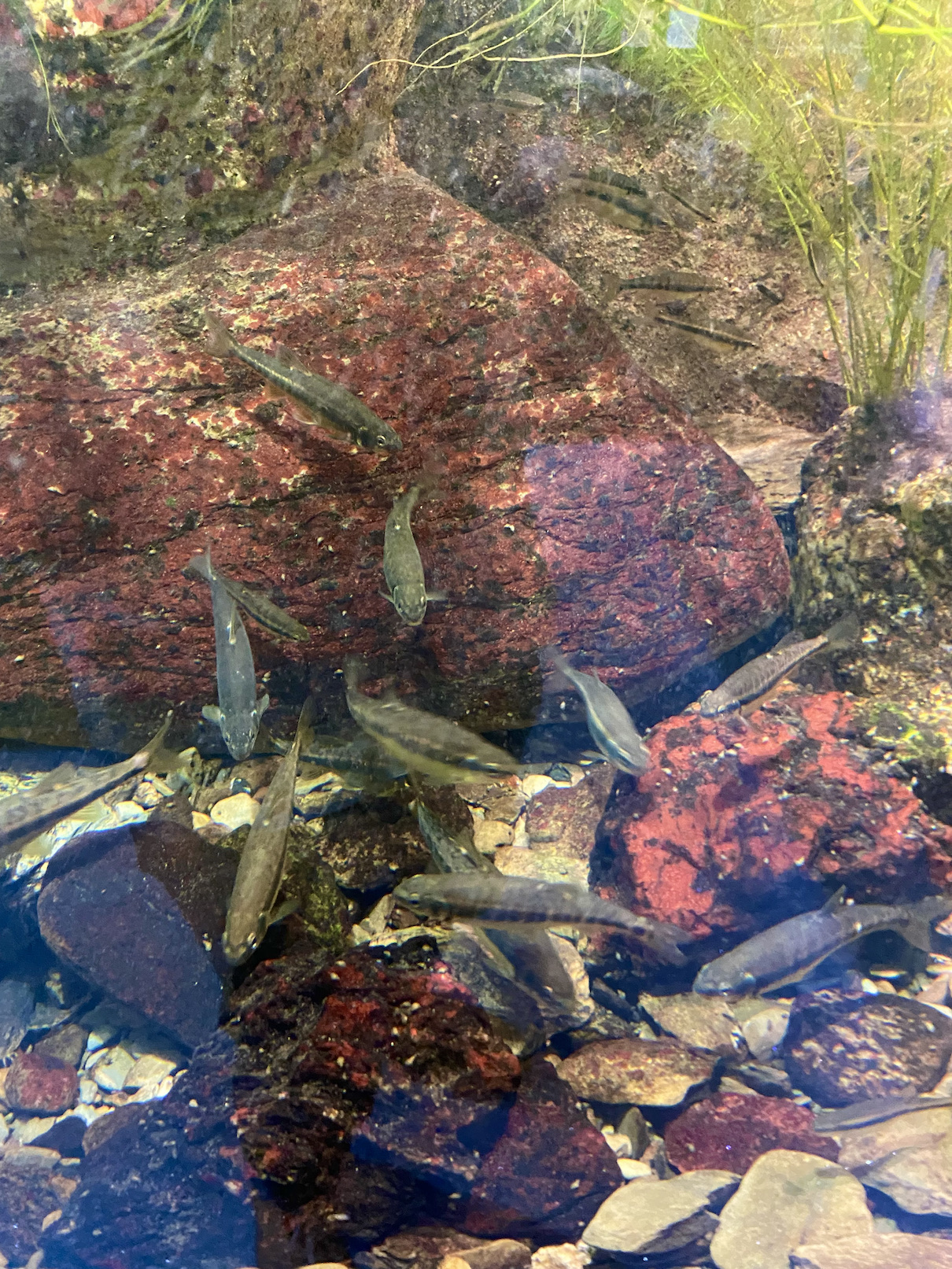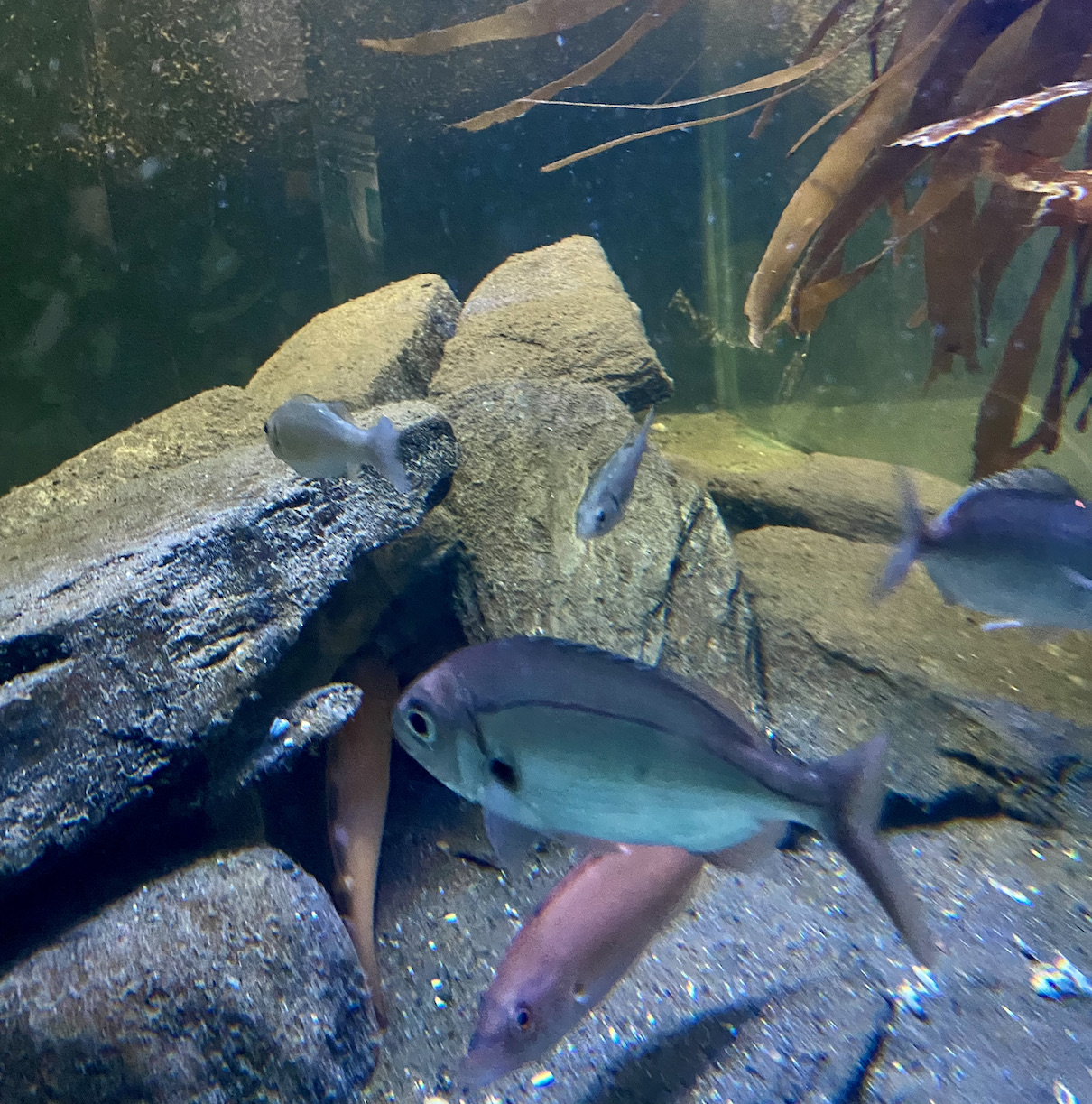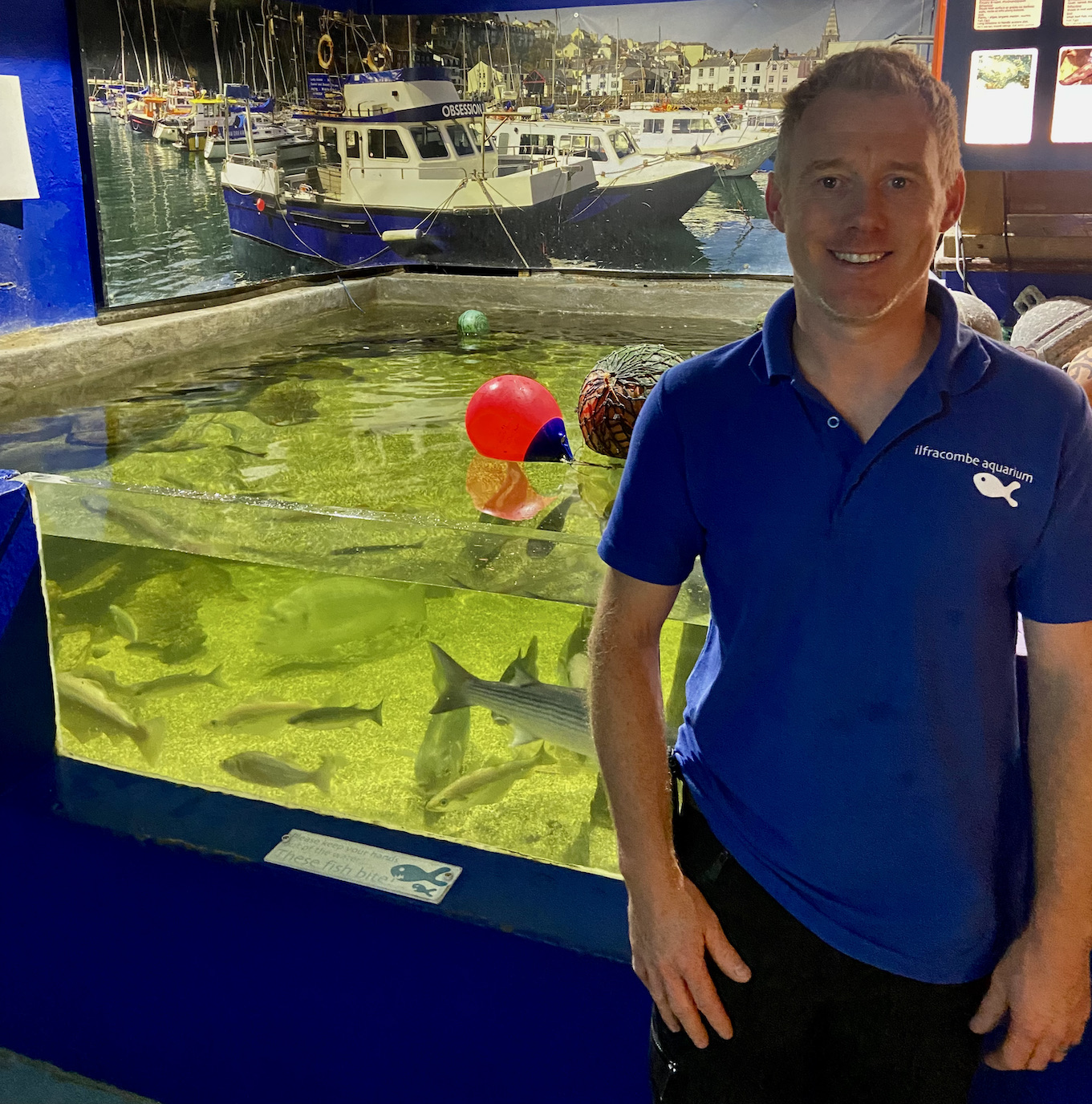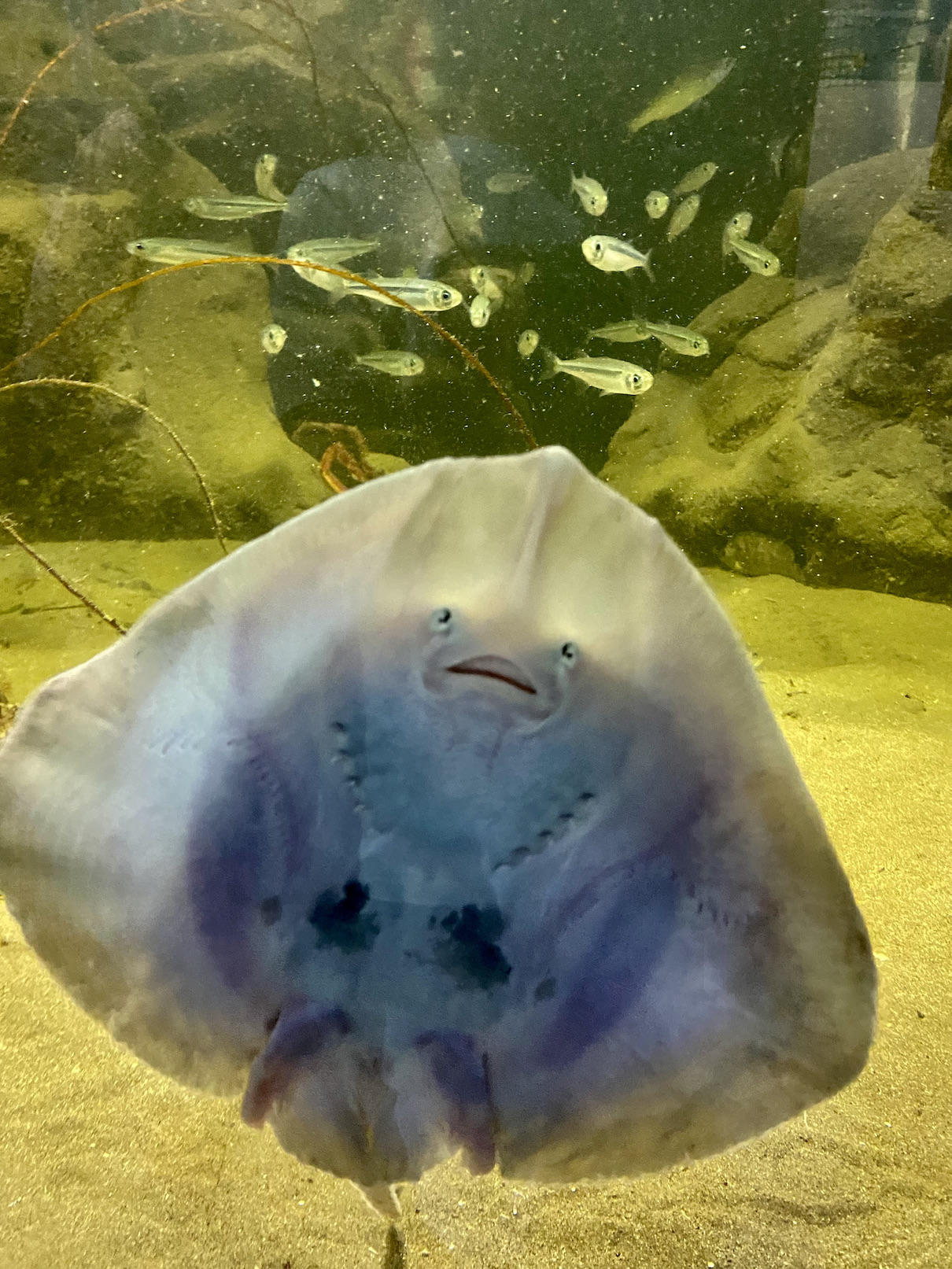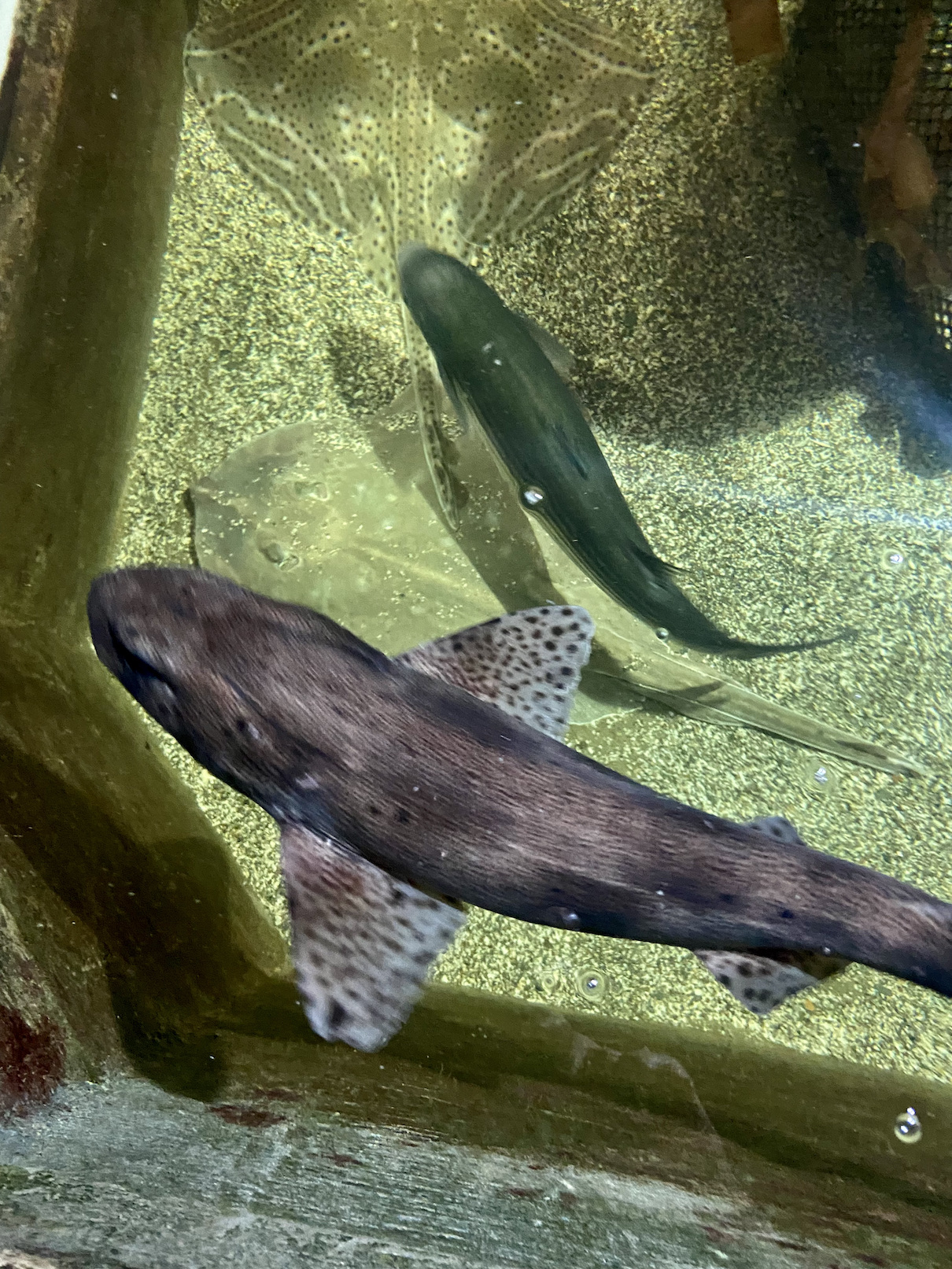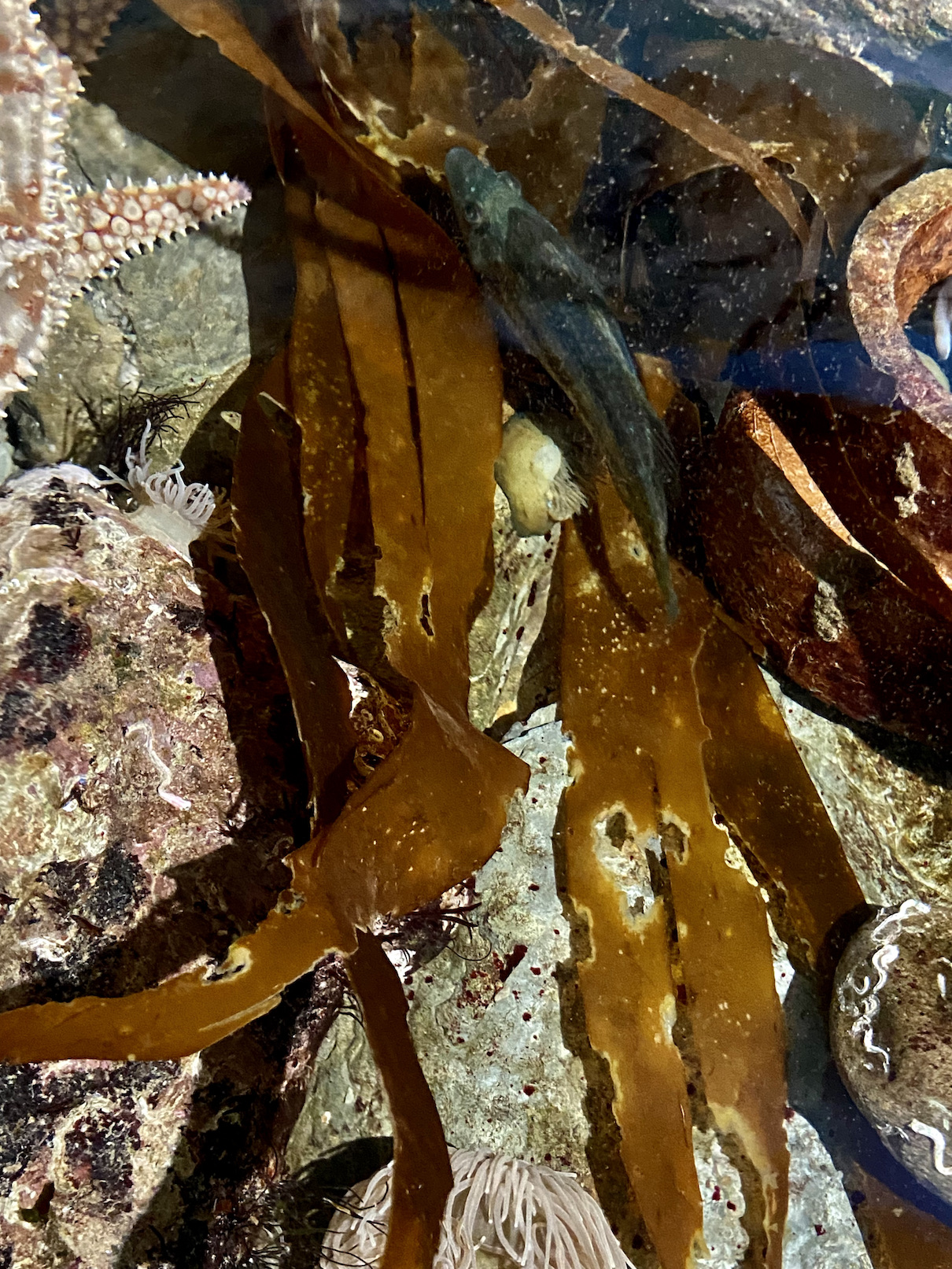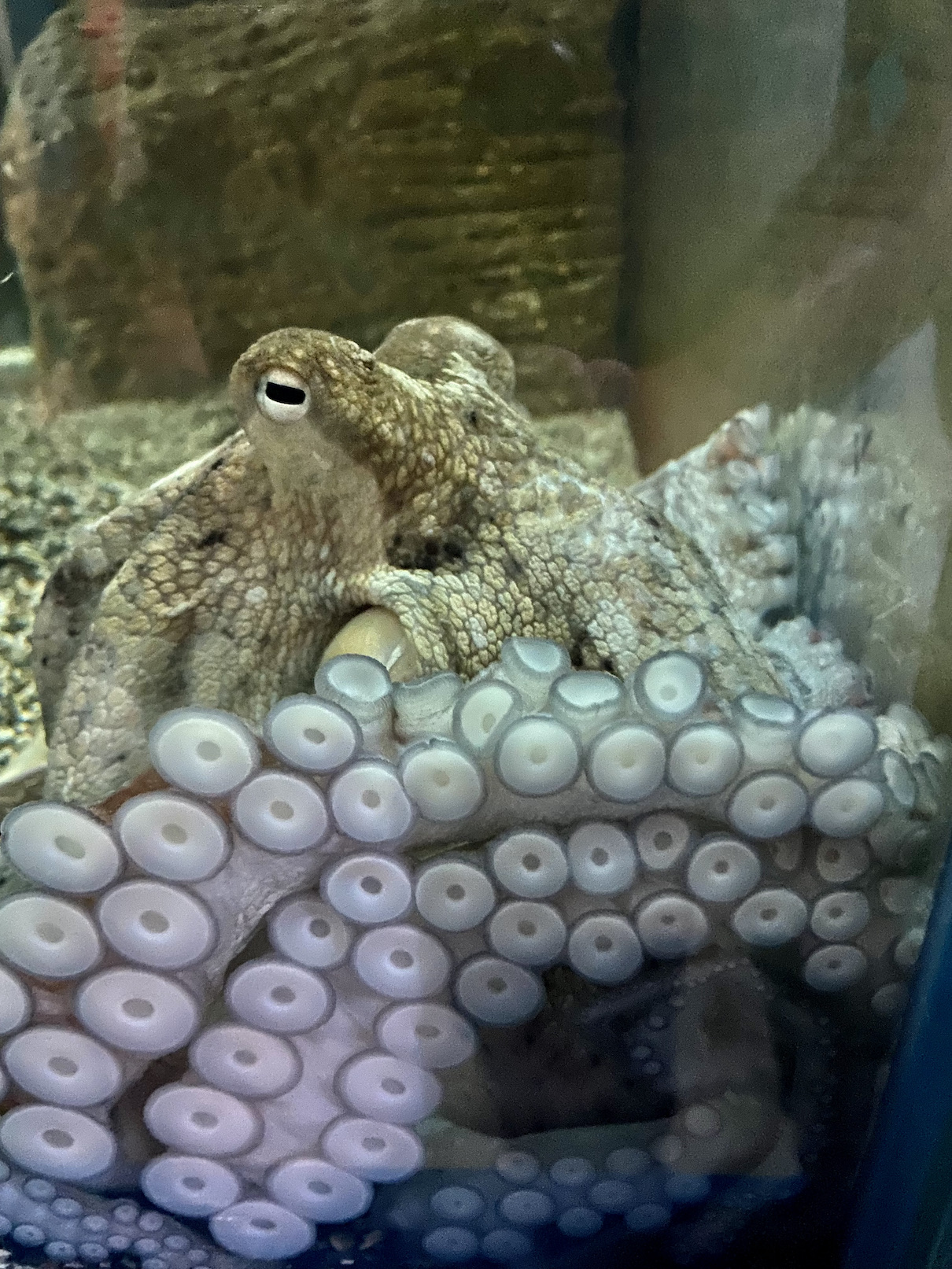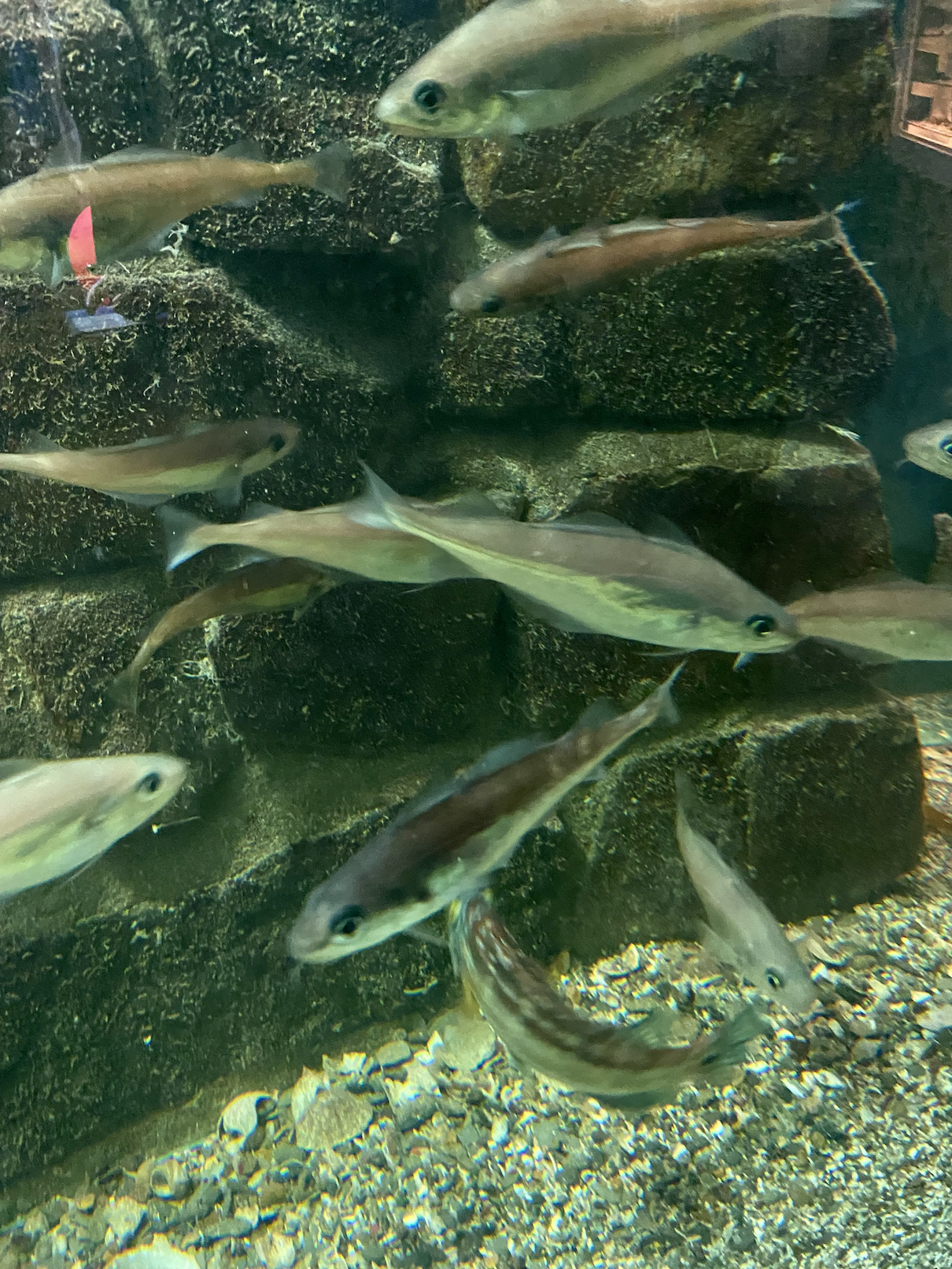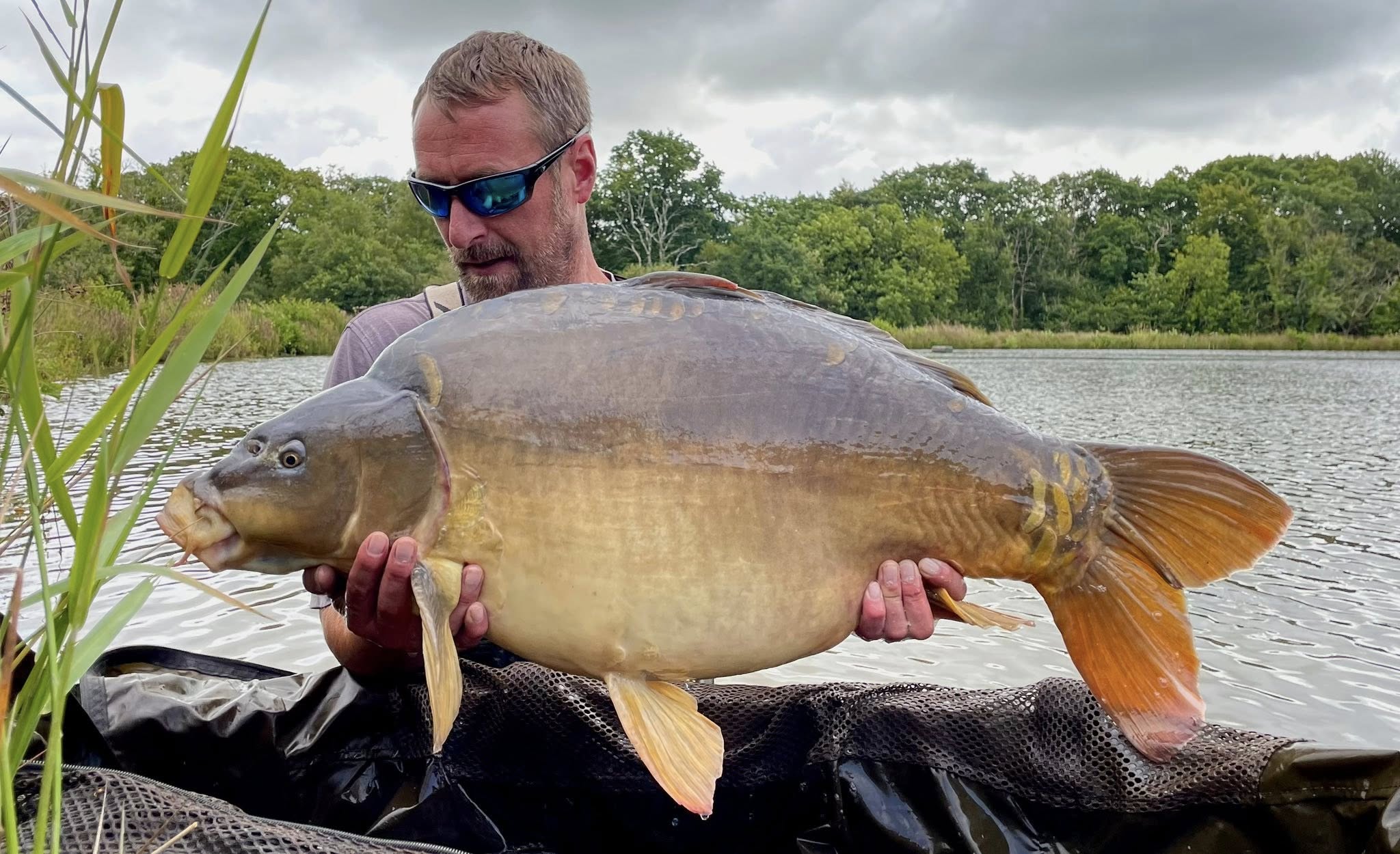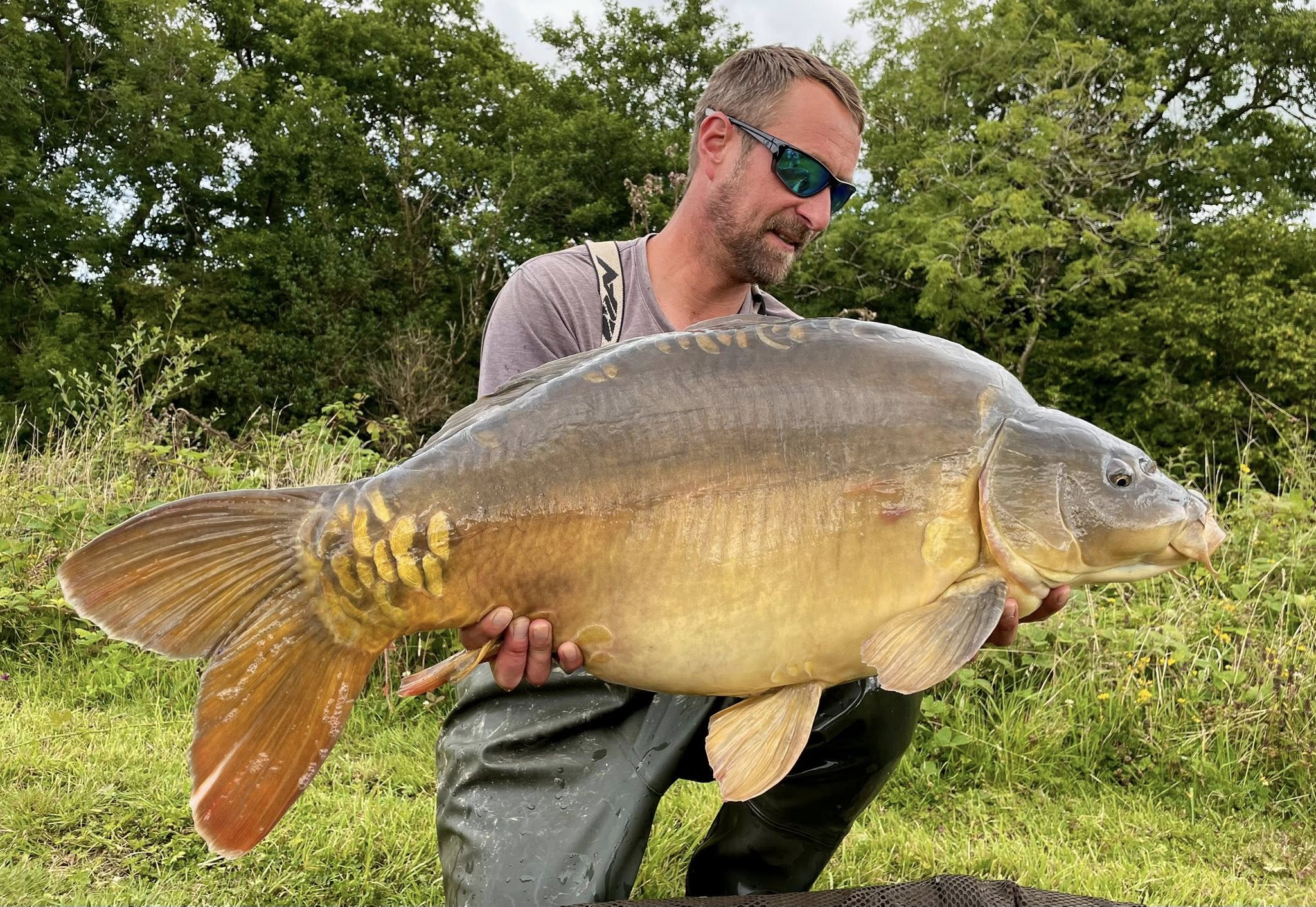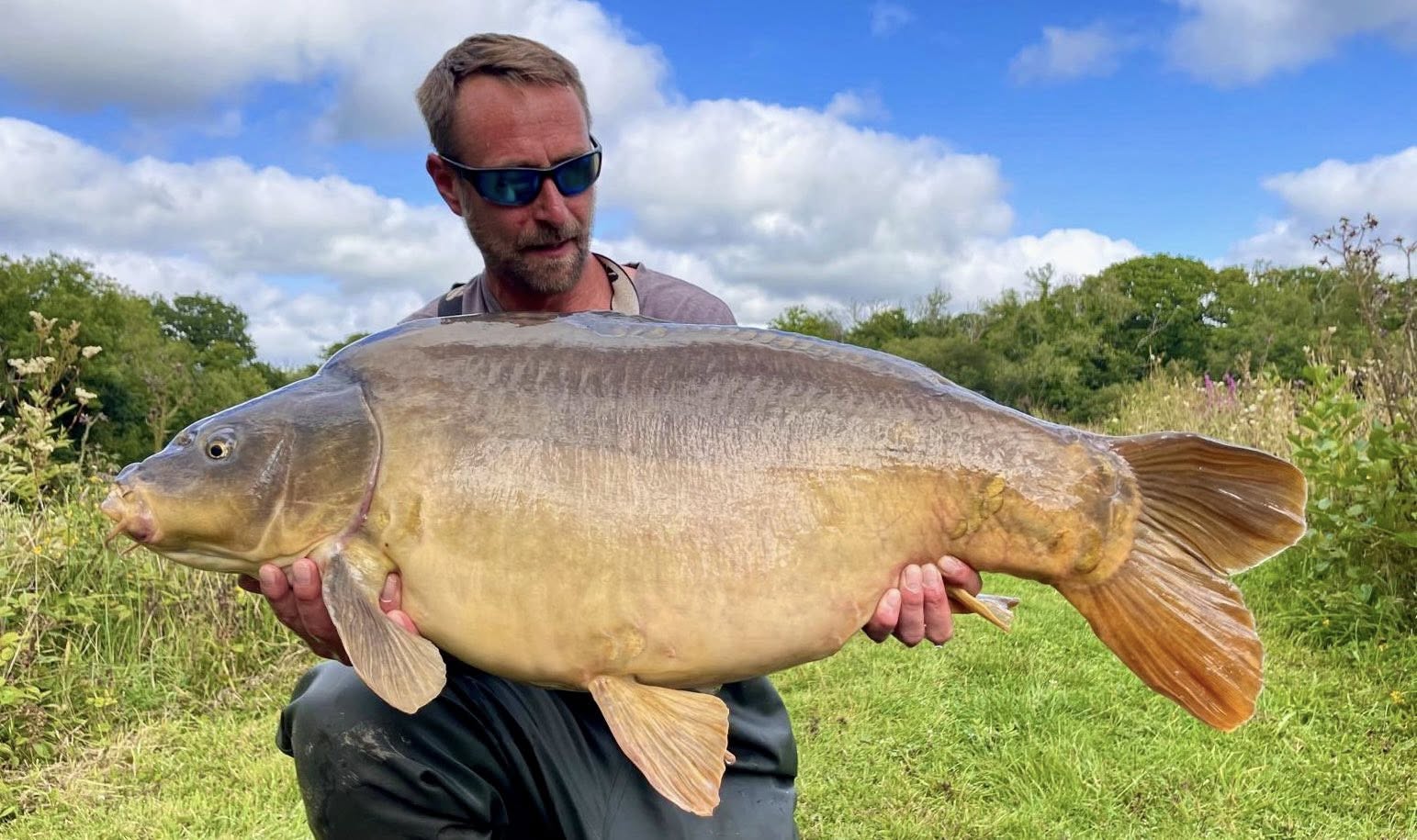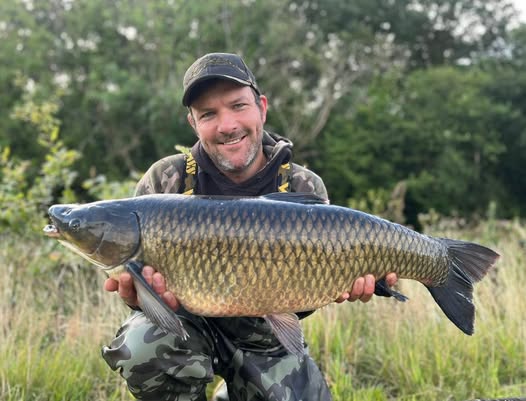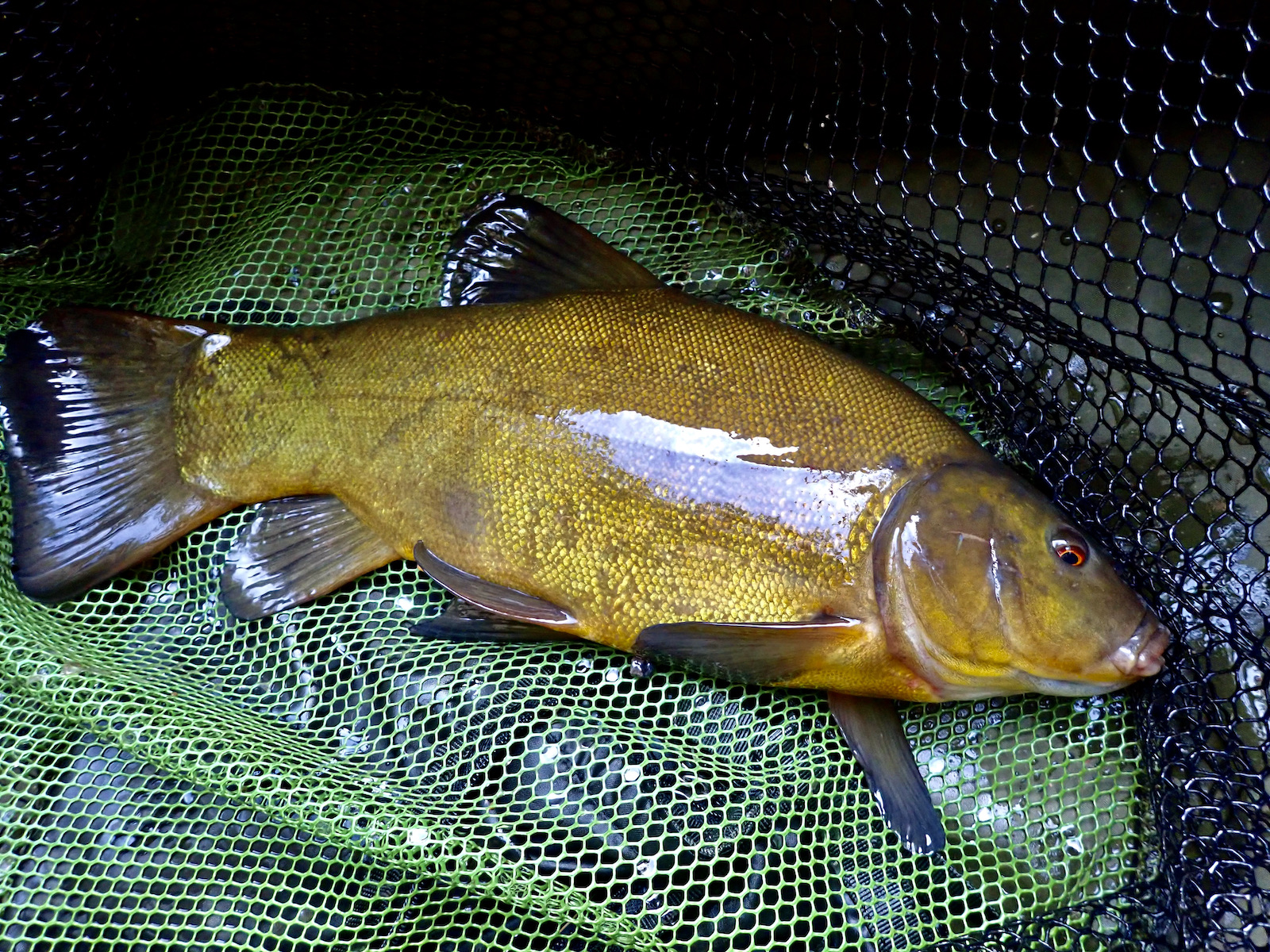
A fish that conjures up the essence of summer lake fishing is surely the tench with its glistening smooth olive flanks and bright ruby eyes. In my mind’s eye there is always an image of tranquil waters at the heart of which is a crimson tipped float poised between water lily’s.
My good friend Steve Dawe had invited me to fish his complex of lakes so aptly called sanctuary lakes, nestled deep within Devon’s rural heartland these three lakes offer carp, crucian carp and tench.
It had taken me a while to schedule in a trip but with summer ebbing I arranged a trip to the venue with my wife Pauline promising a relaxing day far from the madding crowd with all facilities at hand. This wasn’t to be a serious fishing session just a day emersed in nature with the chance of a few fish if I nurtured my luck.
And so it was no traditional crack of dawn start after tench but a more leisurely preamble to Lizzies Larder in Milton Damerel for a full English before heading to the lakes for a midday start. It was one of the summers hottest days with temperatures predicted to reach the high twenties. There was a clear blue sky and little breeze as we wound our way through country lanes following the sat nav whilst noting old country cottages, quiet villages and hamlets along the Devon lanes.
We eventually reached our destination to be given a warm and friendly welcome from Steve who then gave a proud tour of the three lakes. The first of the lakes was created in 2009 and it is astonishing how they have matured into an oasis of wildlife habitat in such a short time. An abundance of dragonflies could be seen swooping and hovering above the calm waters.
After circumnavigating all the lakes it was time for Pauline and I to set up for the day and with tench the number 1 target I followed Steve’s advice choosing a swim that offered some shade from the hot sun. Conditions were certainly not ideal for fishing so I did not set my expectations too high. One tench would be a result.
Pauline settled into the camping chair and digested ample reading matter while I engaged with the business of fishing. We delighted in the occasional glimpse of kingfishers darting across the lake and swallows and martins swooping to and fro. It really was a summer idyl to be savoured.
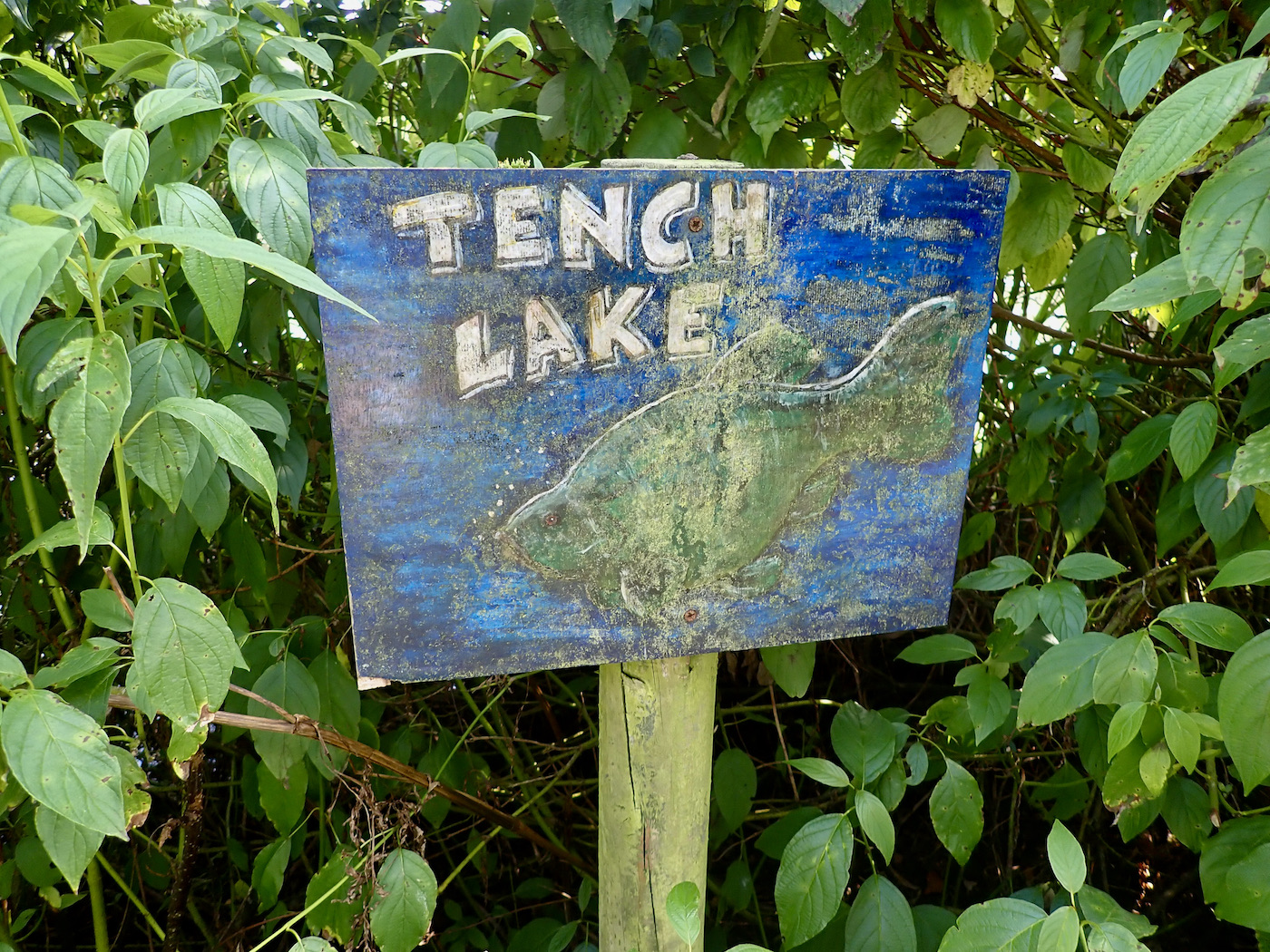
A couple of small rudd fell to a grain of sweetcorn on the float tackle and tell-tale bubbles indicated that a few tench were routing about in the bottom silt. After half an hour I put the kettle on and we enjoyed a fresh brew whilst absorbing the tranquil scene that was only troubled by the sound of farm machinery as farmers took advantage of the good weather to cut silage.
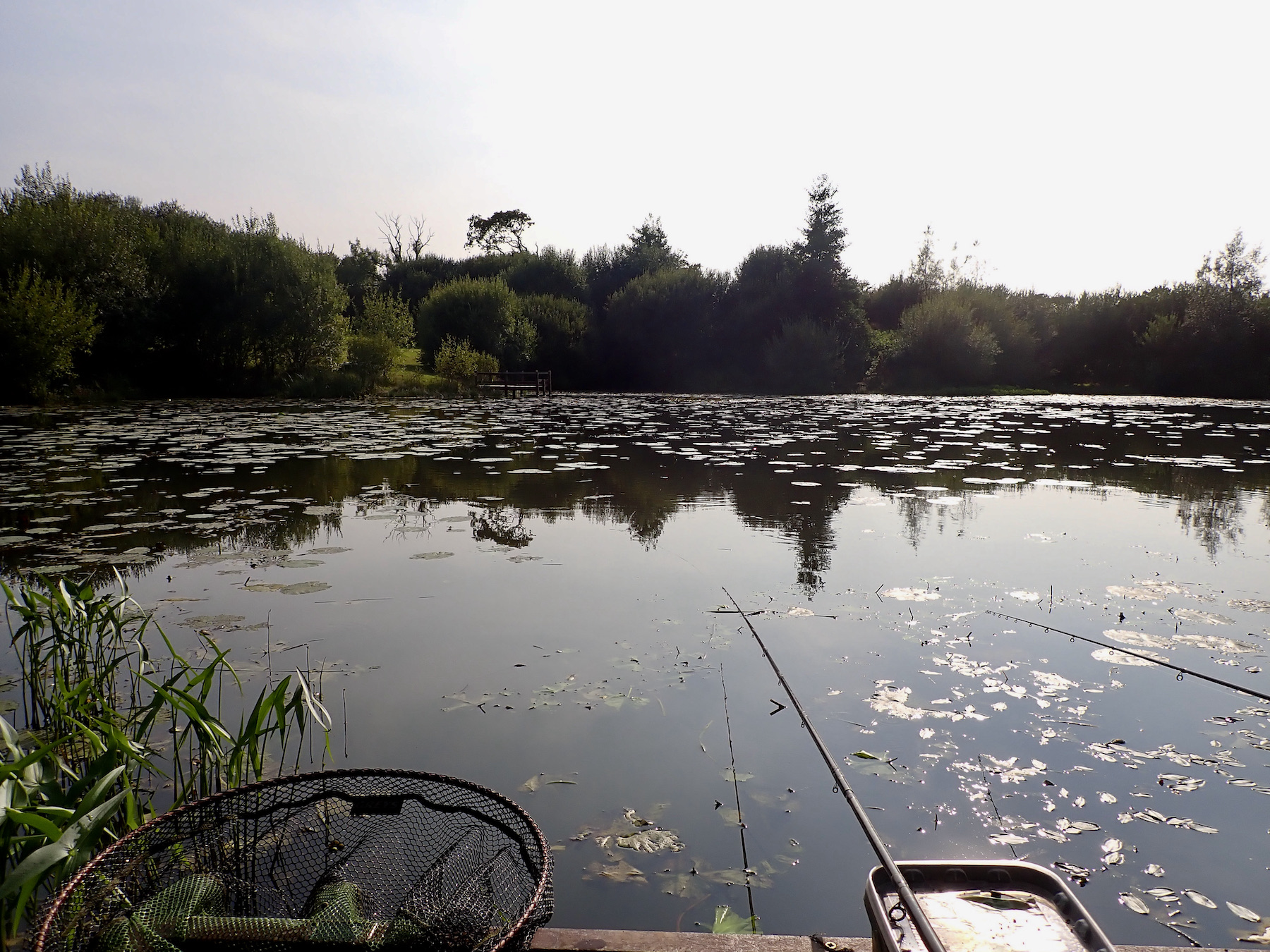
It was no surprise when late afternoon arrived and no tench had graced the net. I suggested we stretch our legs and have a wander around the lakes. We ambled past the smaller lake and onto the carp lake where some good sized carp were basking on the surface in the warm sunshine. It would have been easy to become side-tracked at this point as a well- placed floating crust would surely result in a well bent rod? Well, fish watching is second best to fishing and we lingered a while spotting the carp as they cruised around the lake.

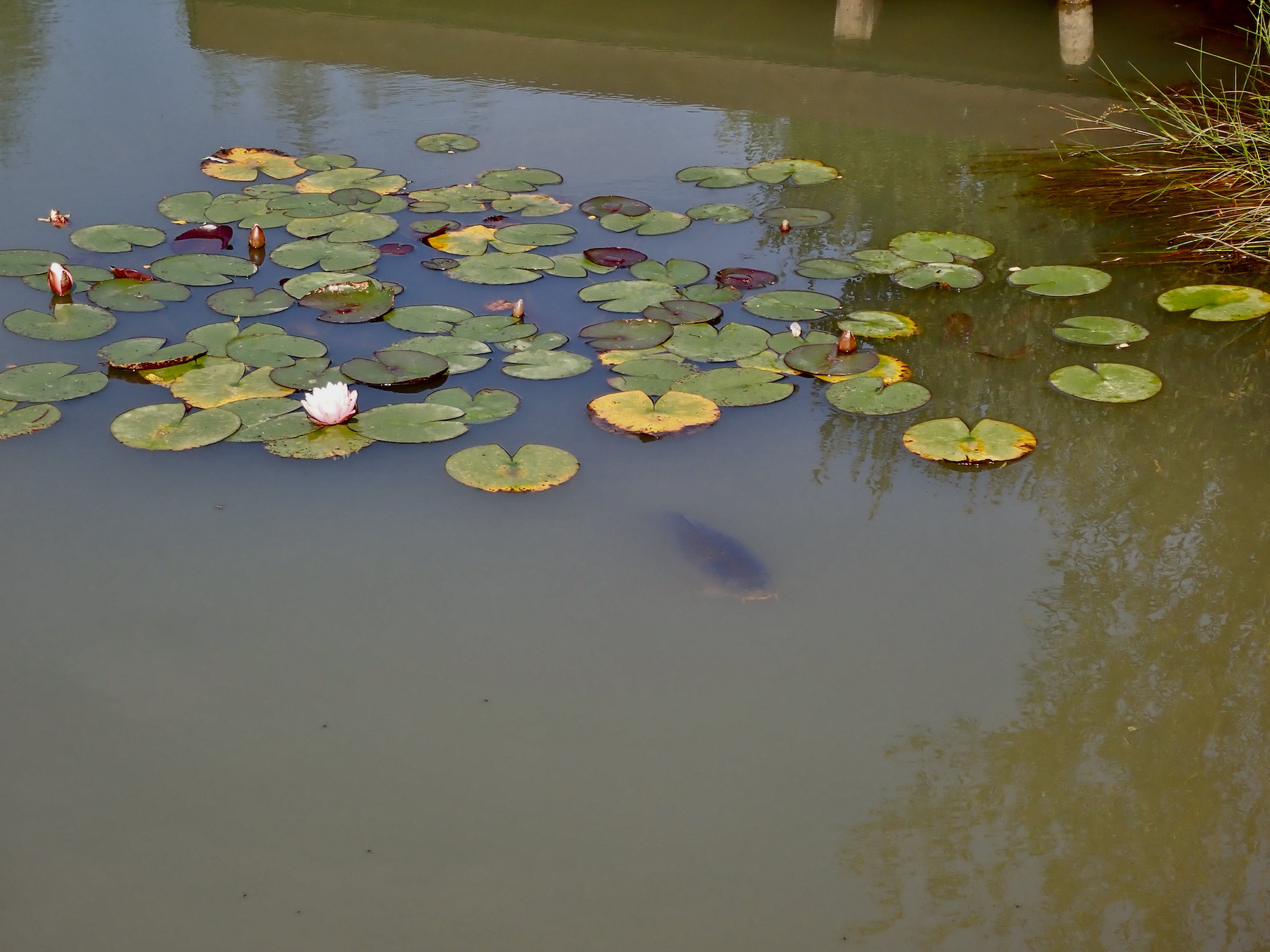
After this short interlude we returned to the tench lake and recast my two rods. I have often found a break brings a fish and it was the case on this occasion for after a few minutes my float promptly sank and I felt that delightful resistance as the hook gained a hold. The tench plunged amongst the lily pads and I held it on as tight a line as the 6lb b.s line would take, the old Drennan tench rod absorbing the tension and cushioning the line.
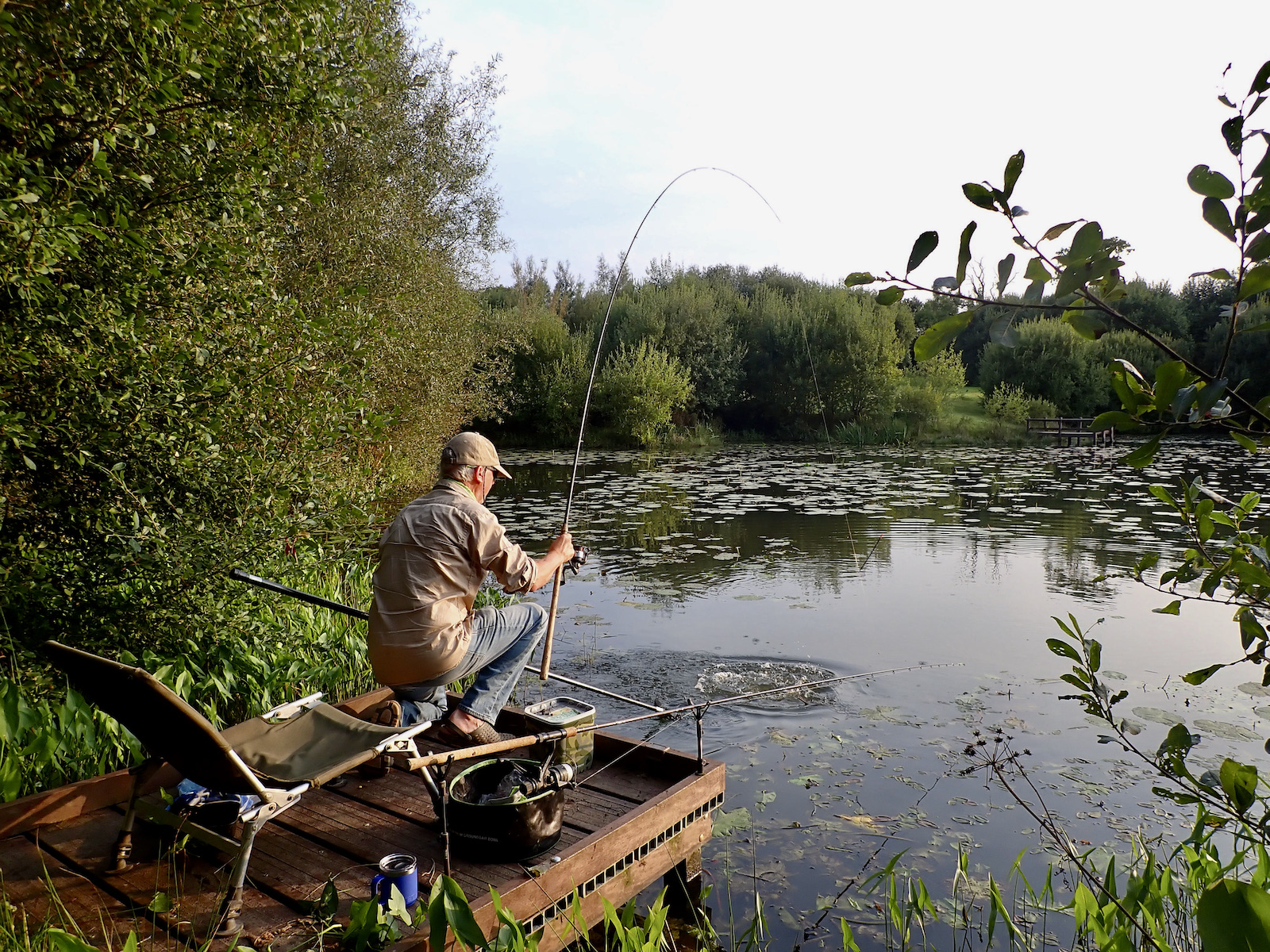
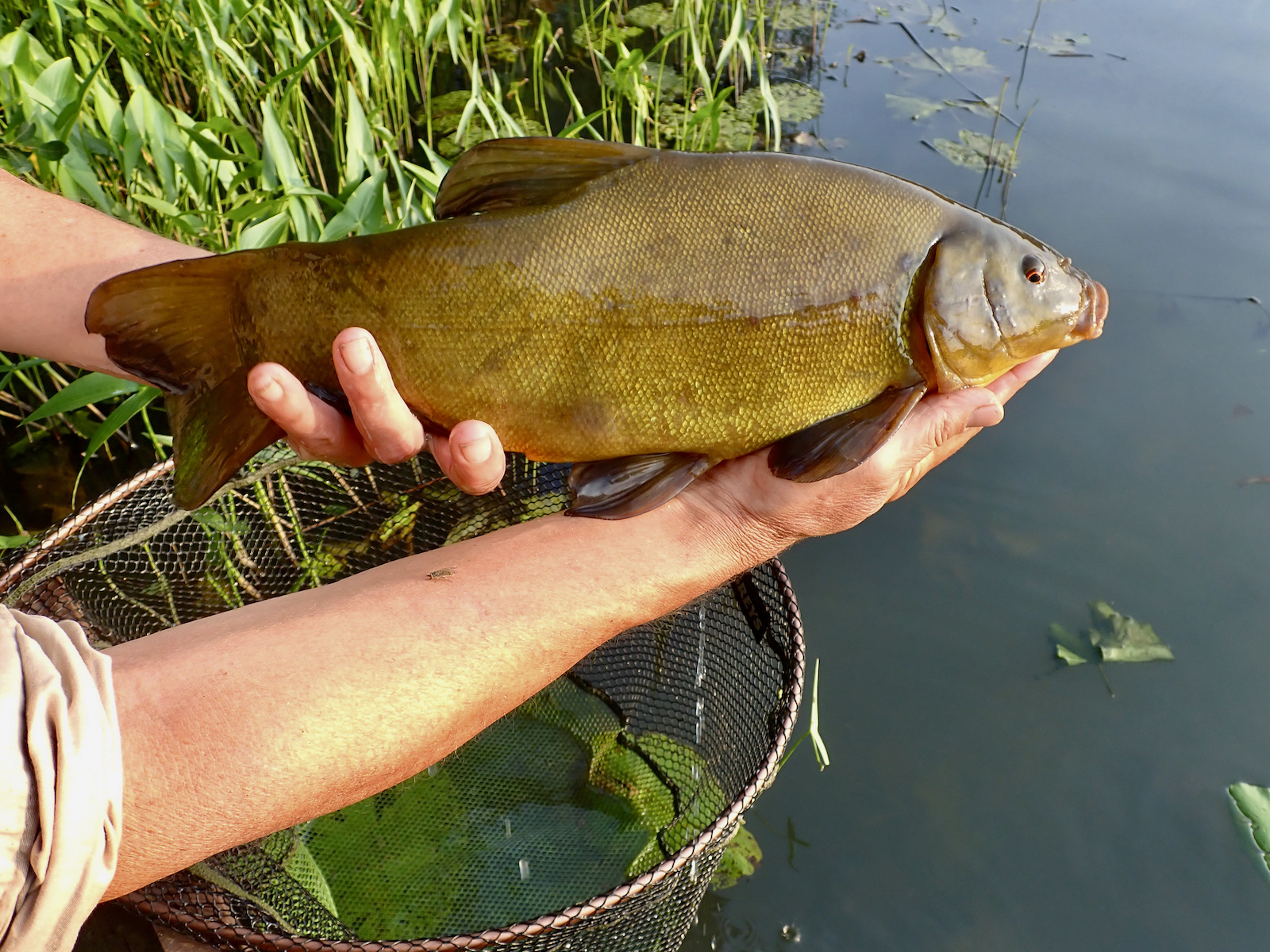
At 3lb 5oz the tench was a pleasing catch and we admired its olive green flanks and crimson eye before slipping the fish back into the warm water. I had caught this fish on a small segment of luncheon meat and elected to persist with this same bait on the float rod. A few streams of classic tench bubbles drifted to the surface and with these signs my confidence grew. The float again sank and a second tench of a similar size to the first followed.
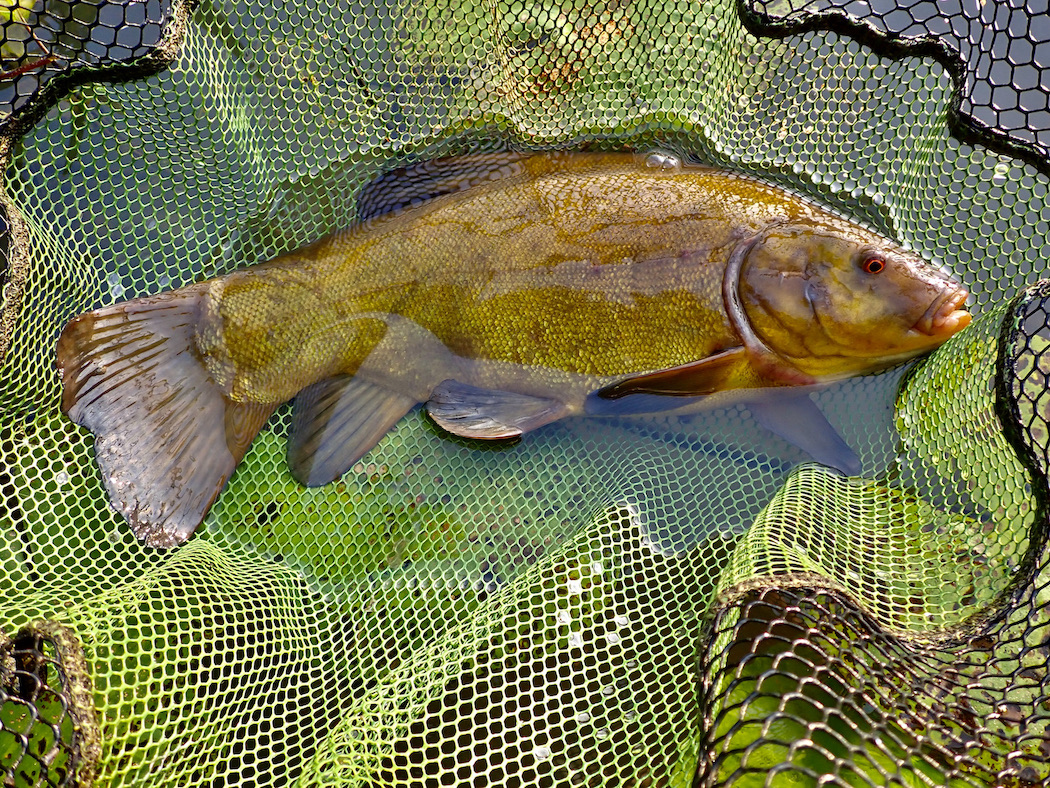
We brewed a fresh cup of tea and coffee and delved into the picnic bag. Throughout the session I had fished a method feeder and noticed just a couple of trembles of the rod tip.
We both relished the quiet warm summer evening and Pauline was content to relax as I continued to focus on the promising crimson tip that projected from the lakes mirror calm surface.
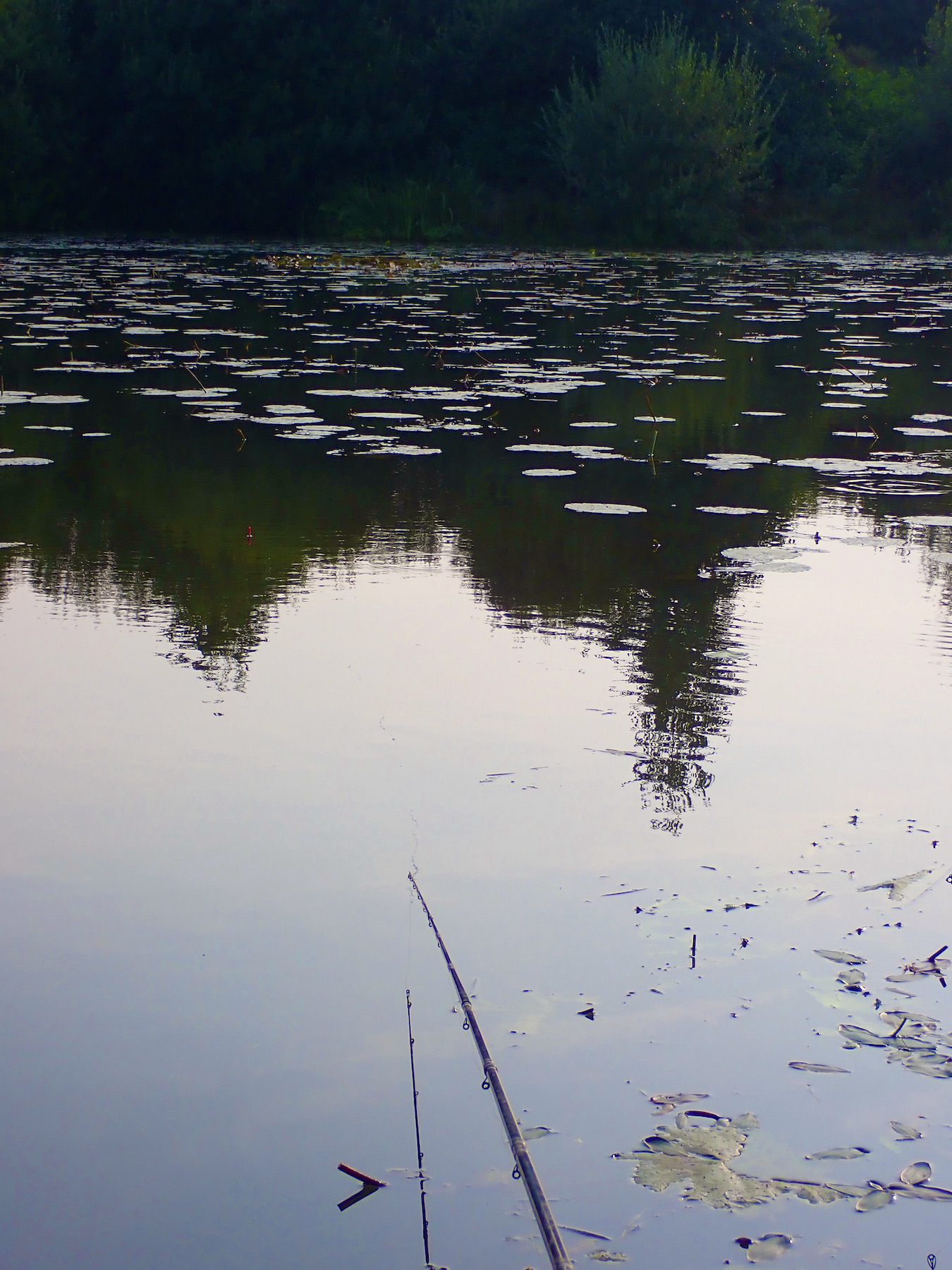
The late summer sun slowly descended casting its reflection on the lake as martins and swallows swooped above the lake feasting in preparation for the long voyage that they will embark upon in just a few weeks. It is fascinating to ponder on nature and how these tiny birds migrate over these vast distances. Programmed from birth they surely have no perception of where or why they have to leave? No fear no apprehension just that inbuilt instinct to survive and thrive.
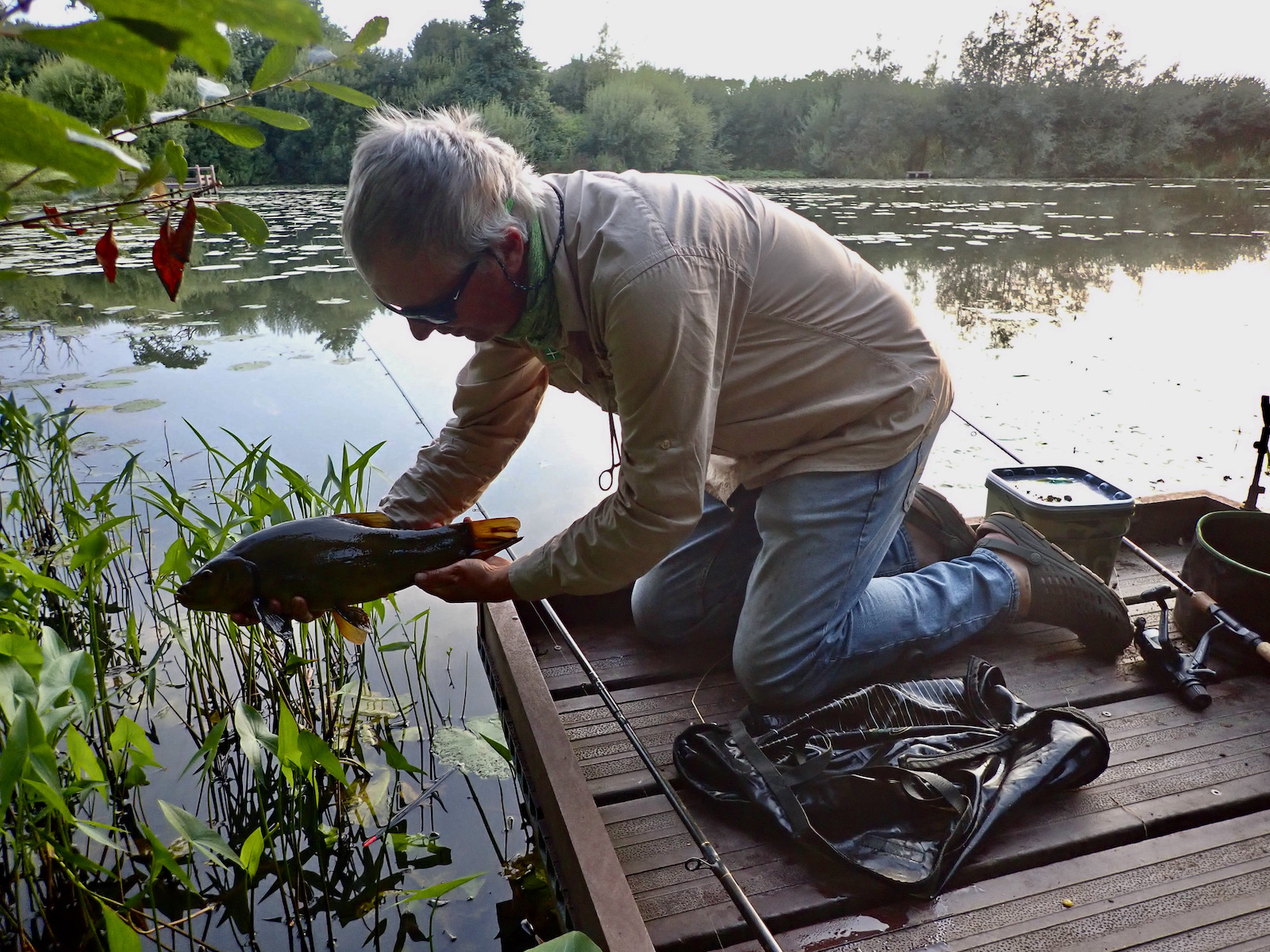
I ponder on these matters as my float dips, I lift the rod and miss but at that very moment the other rod lurches over and the bait runner screams. The third tench of the day is the biggest at 3lb 9oz and it seems an appropriate time to pack away. The light is fading as we make our way to the car and glance back at Sanctuary vowing to return again.
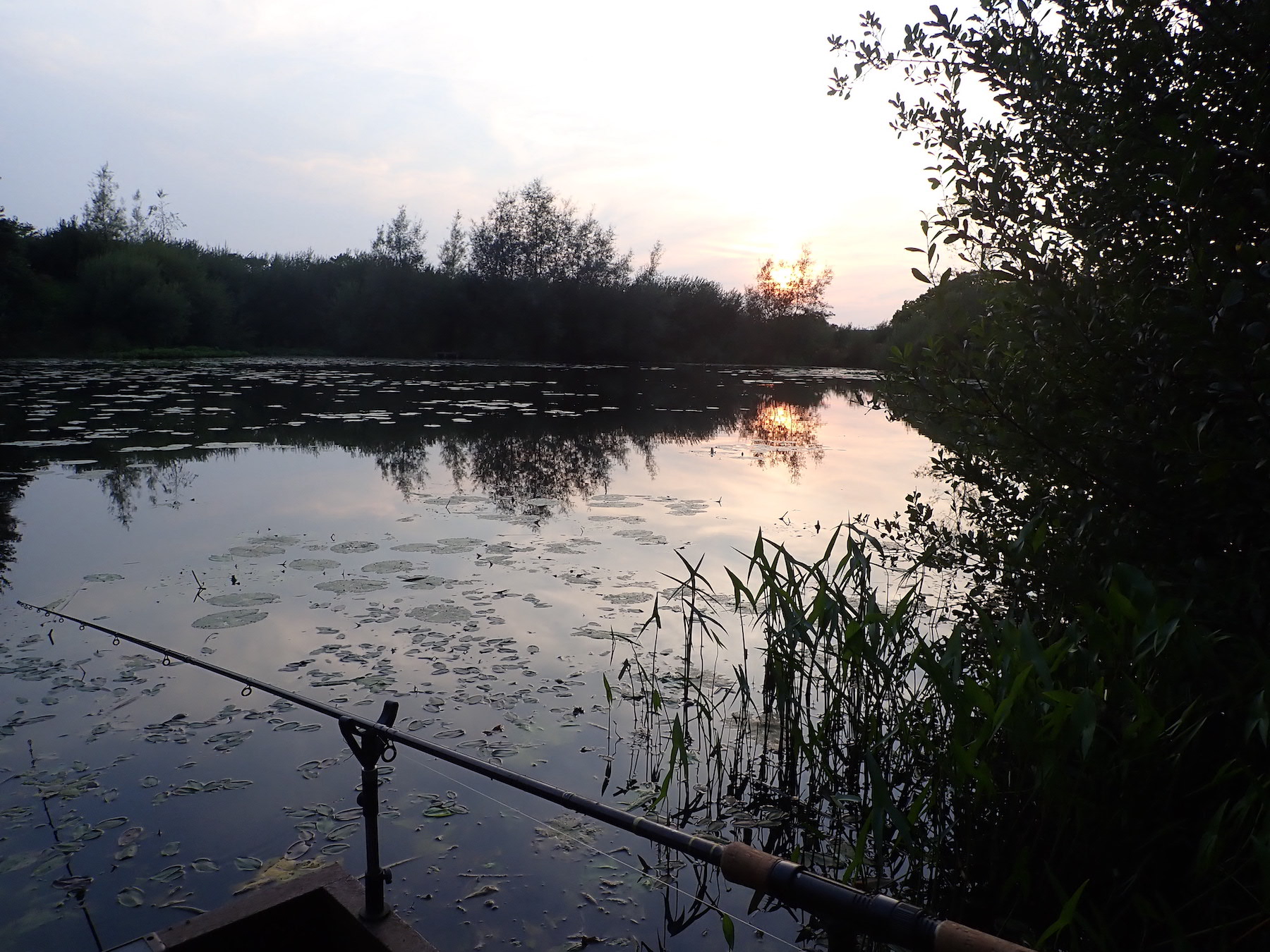

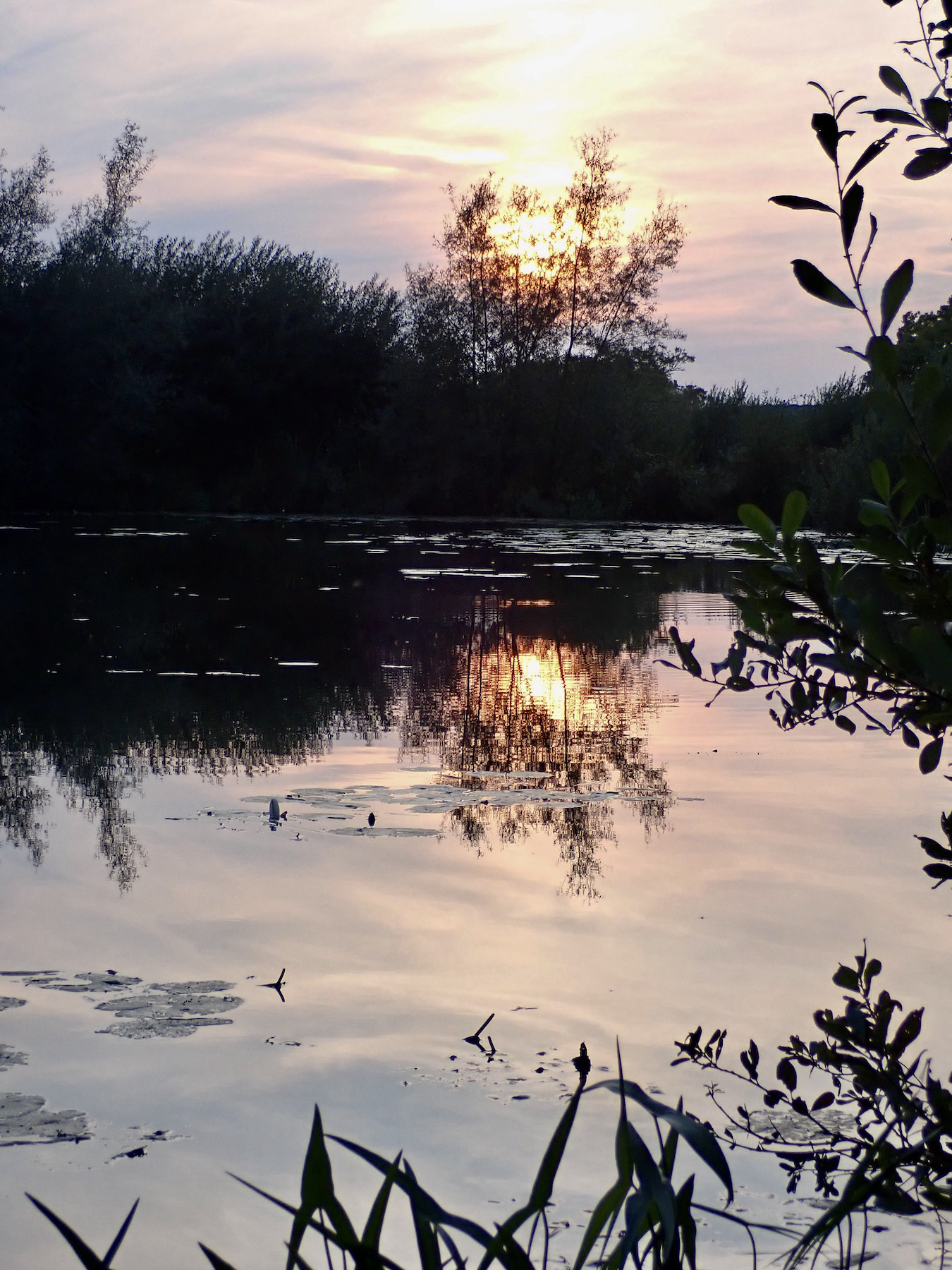
Sanctuary Lakes are run by Steve Dawe via a small limited membership club that is presently fully subscribed. Membership enquiries can be made to Steve via email :- [email protected]
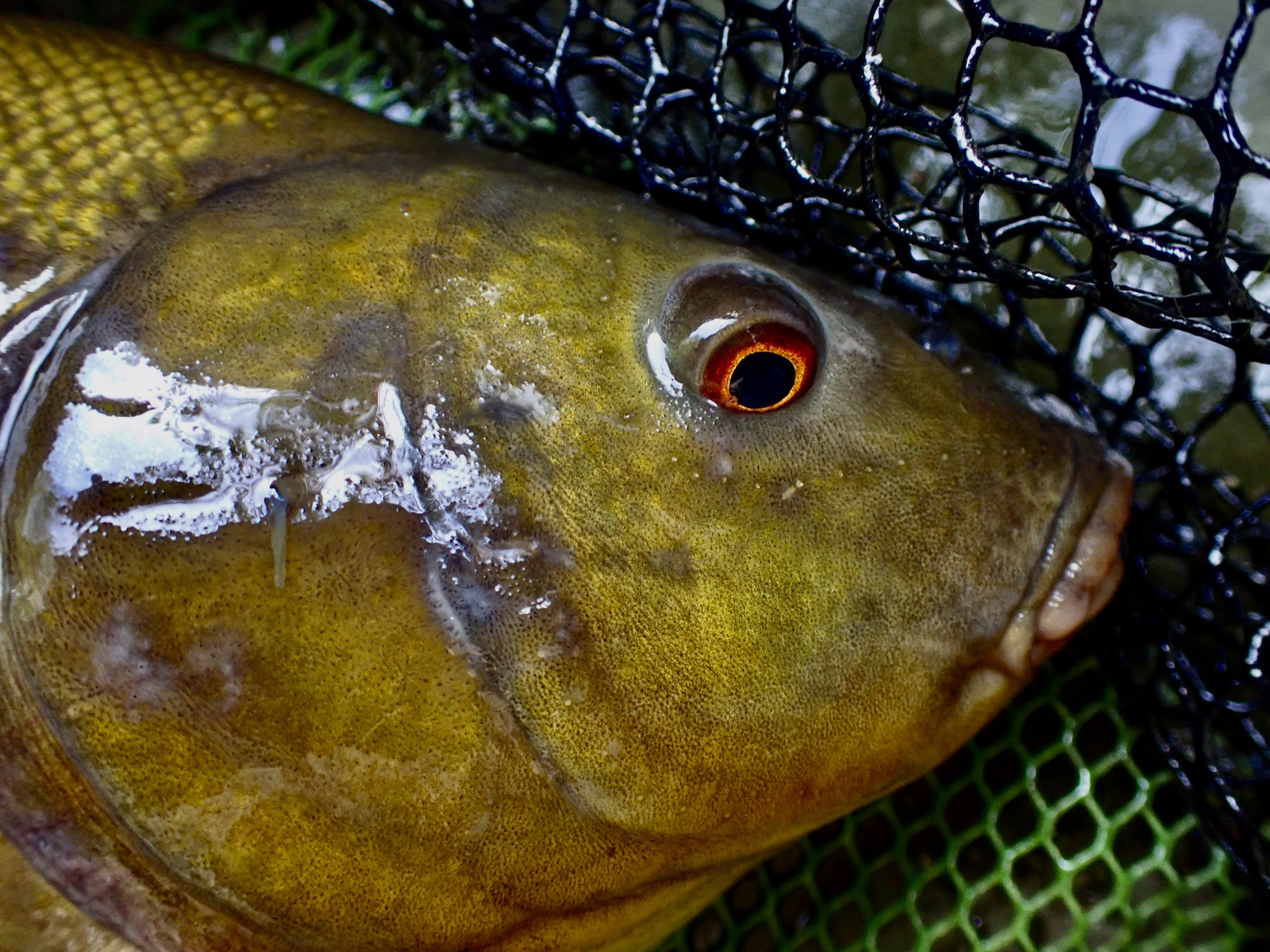

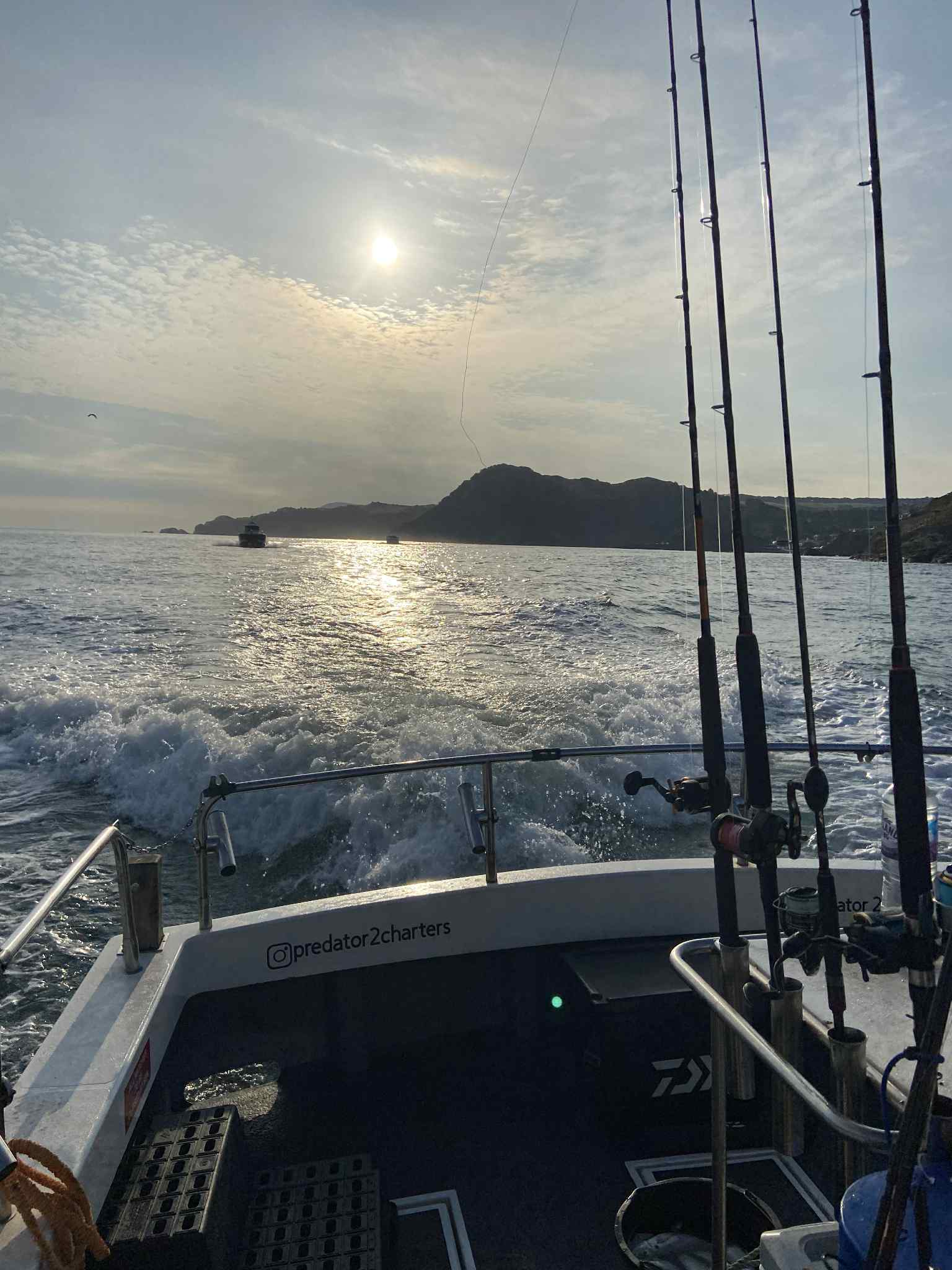


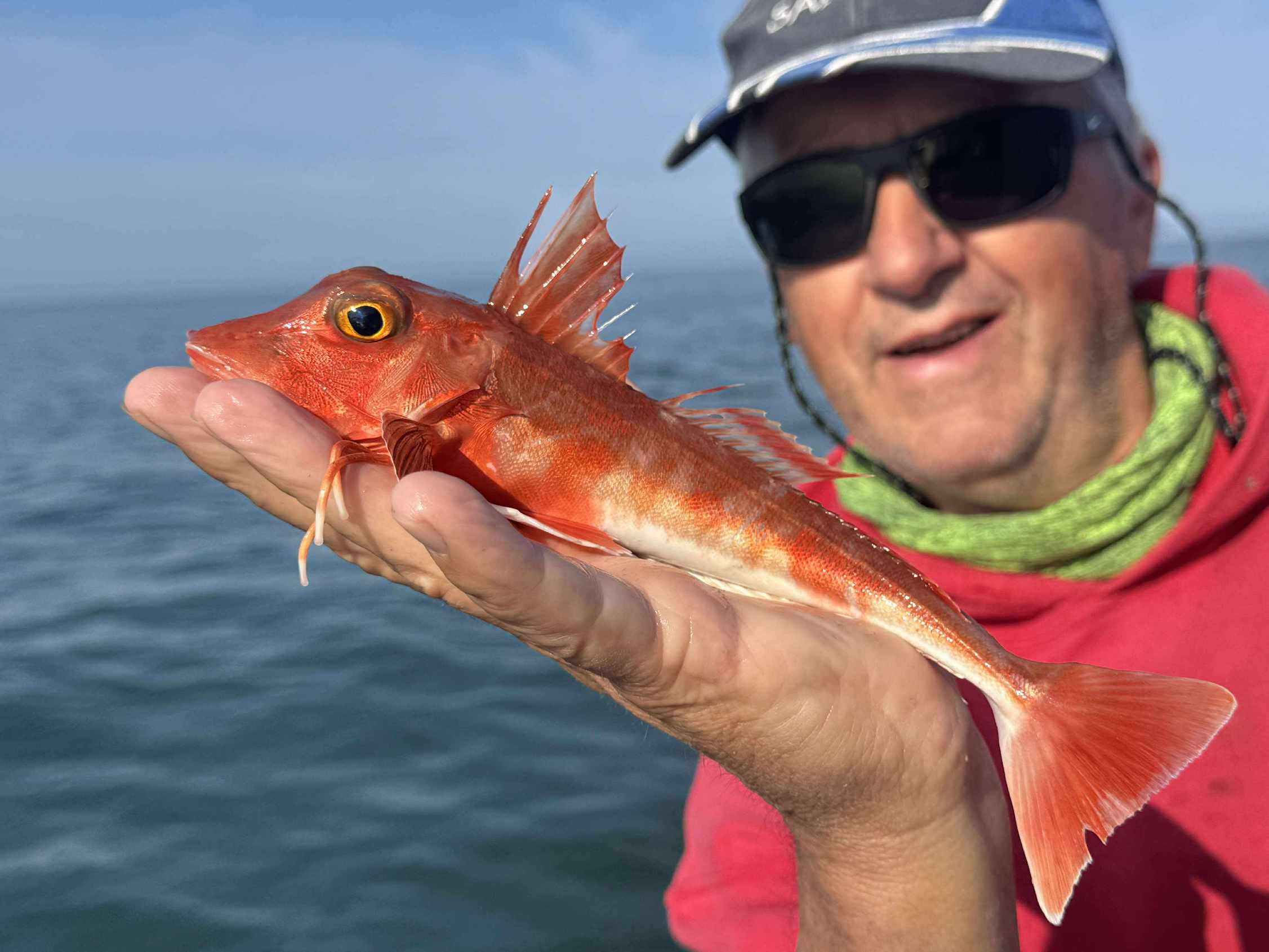
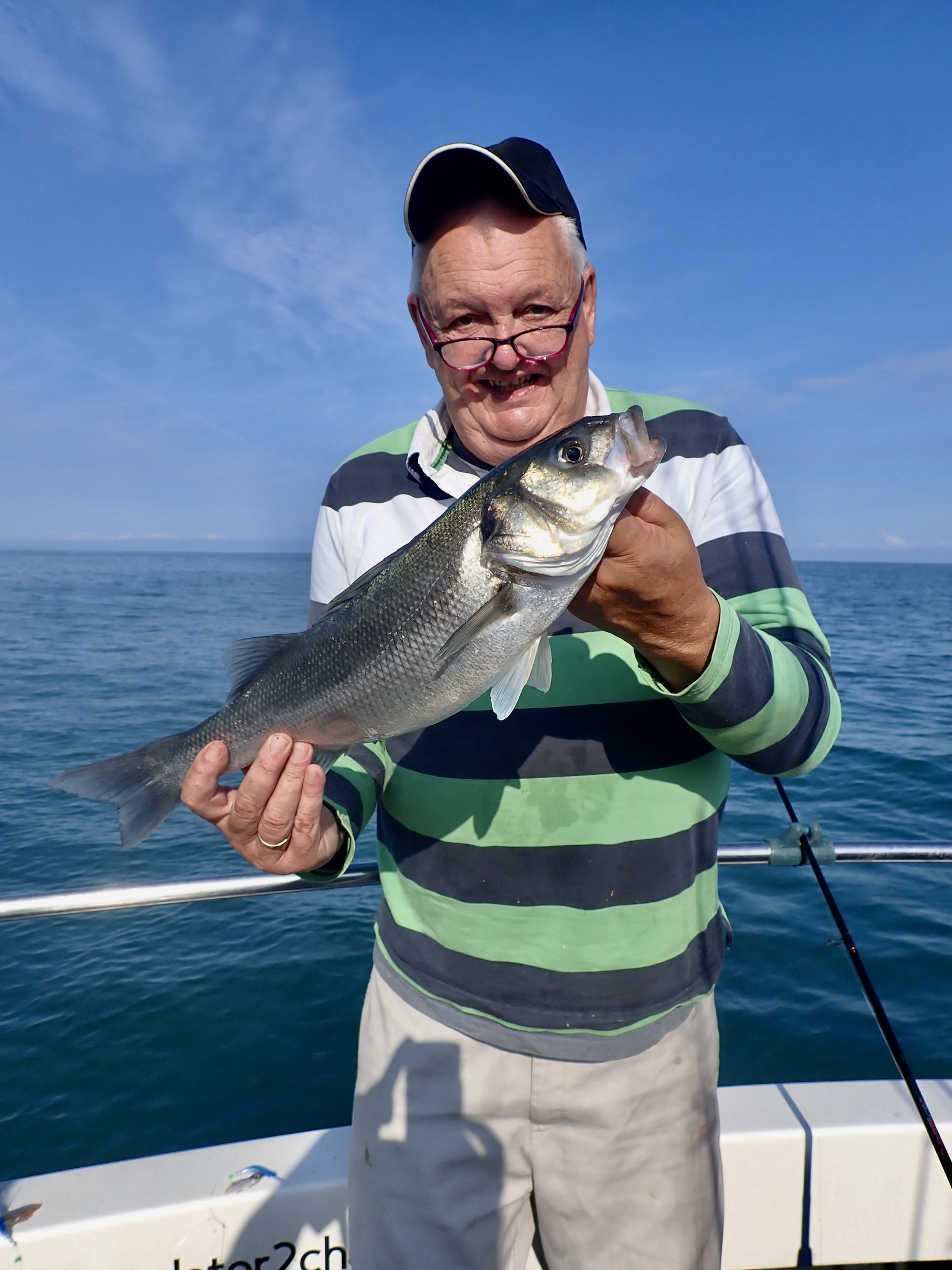

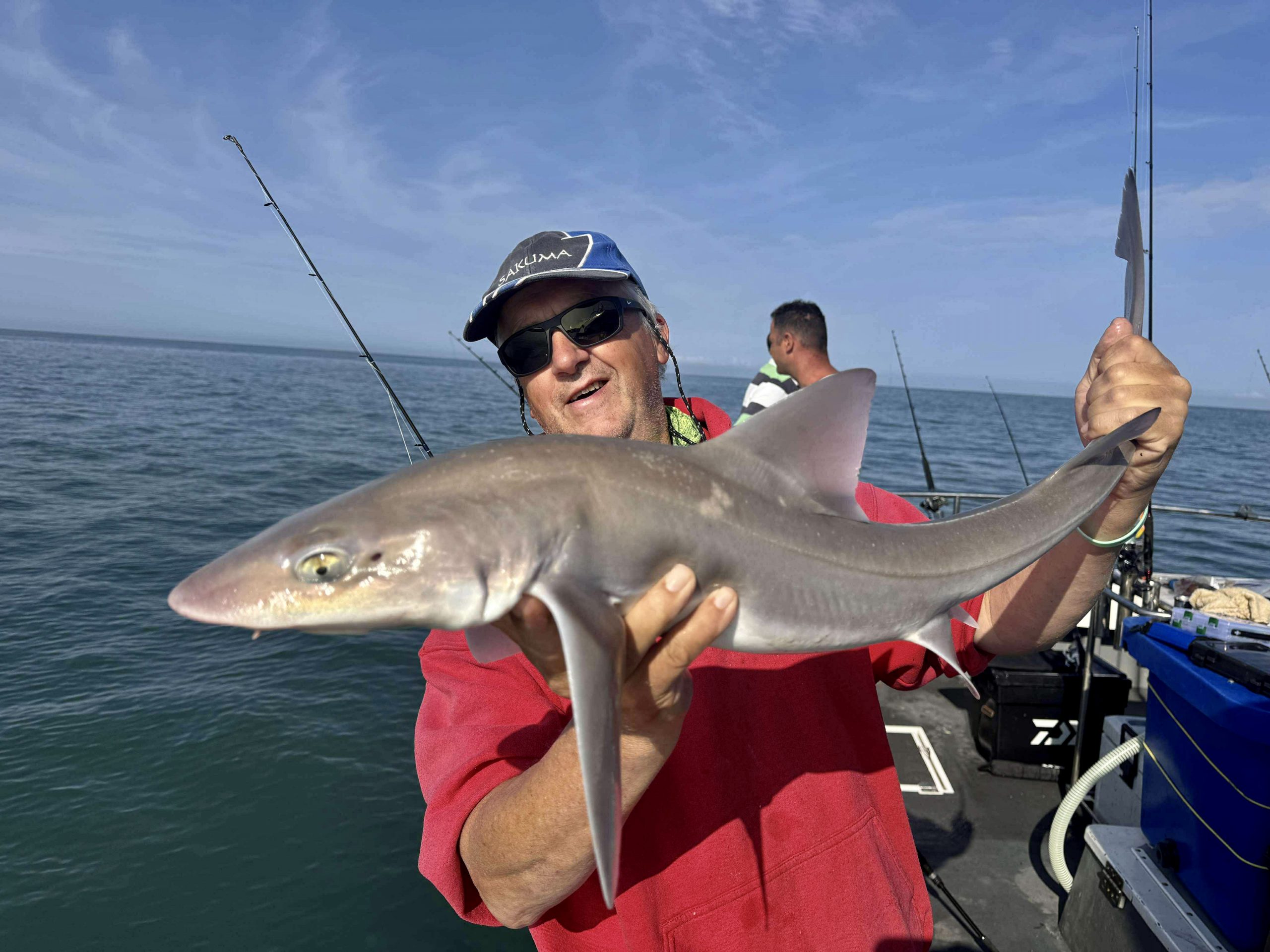
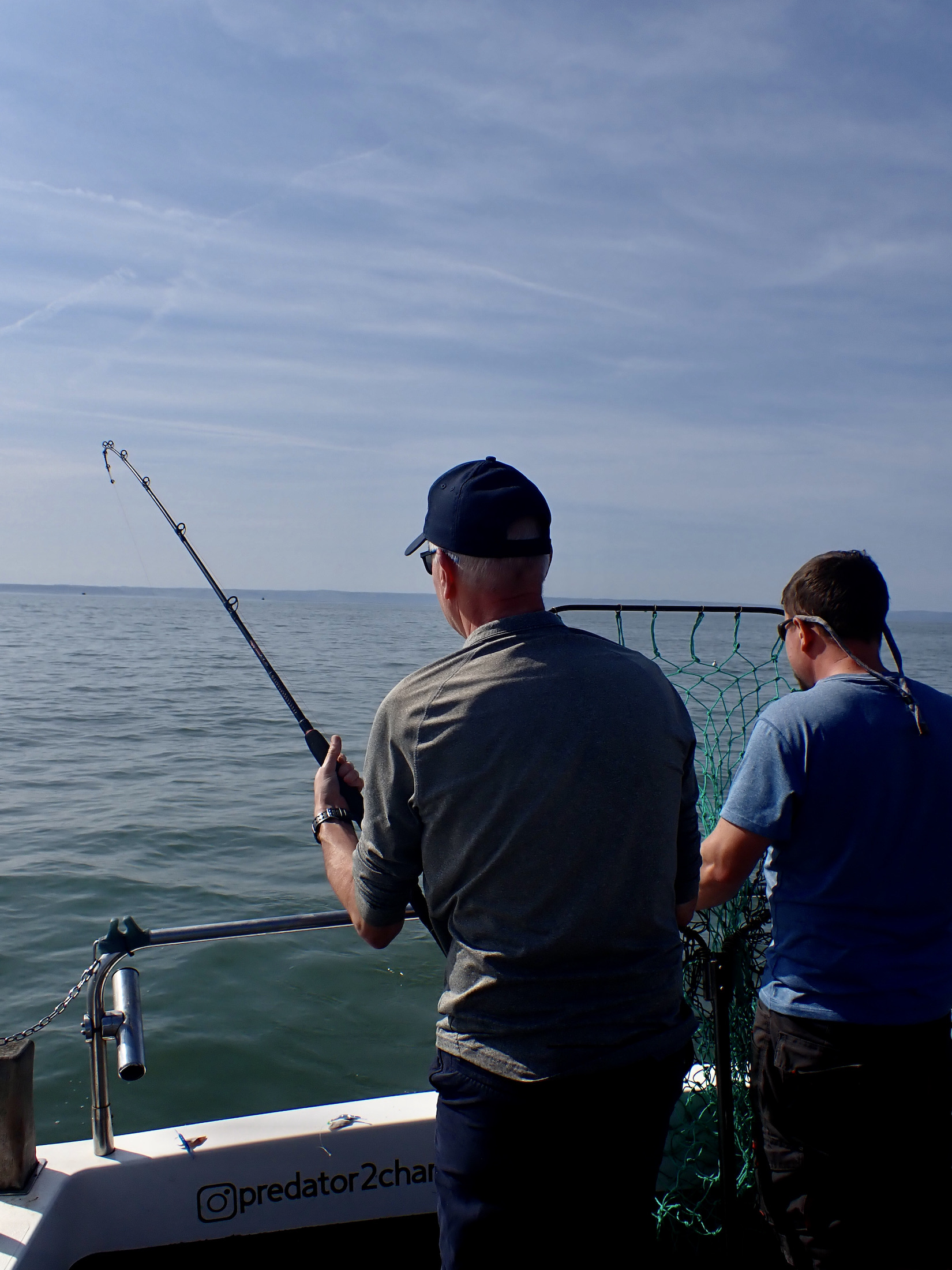
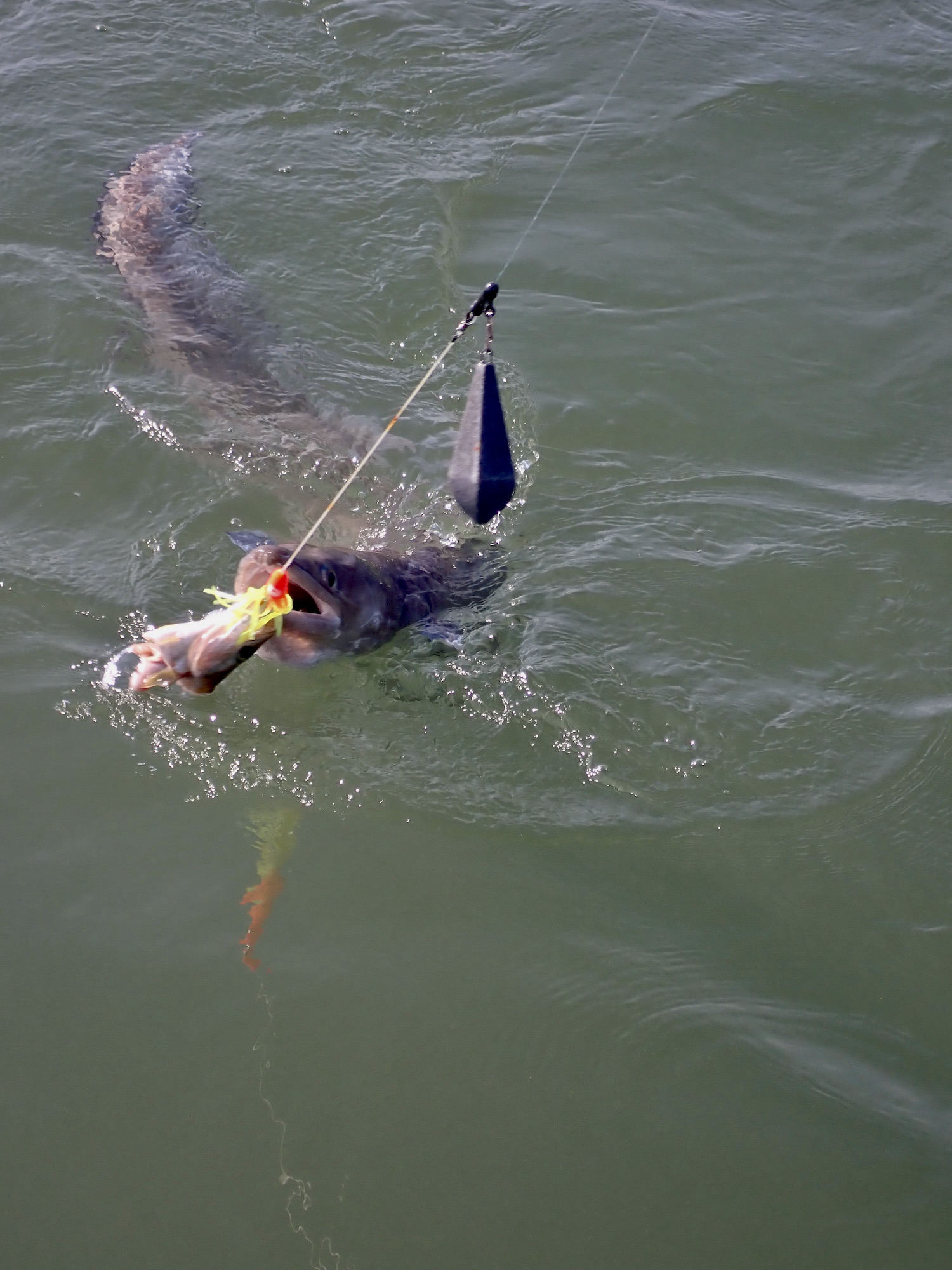
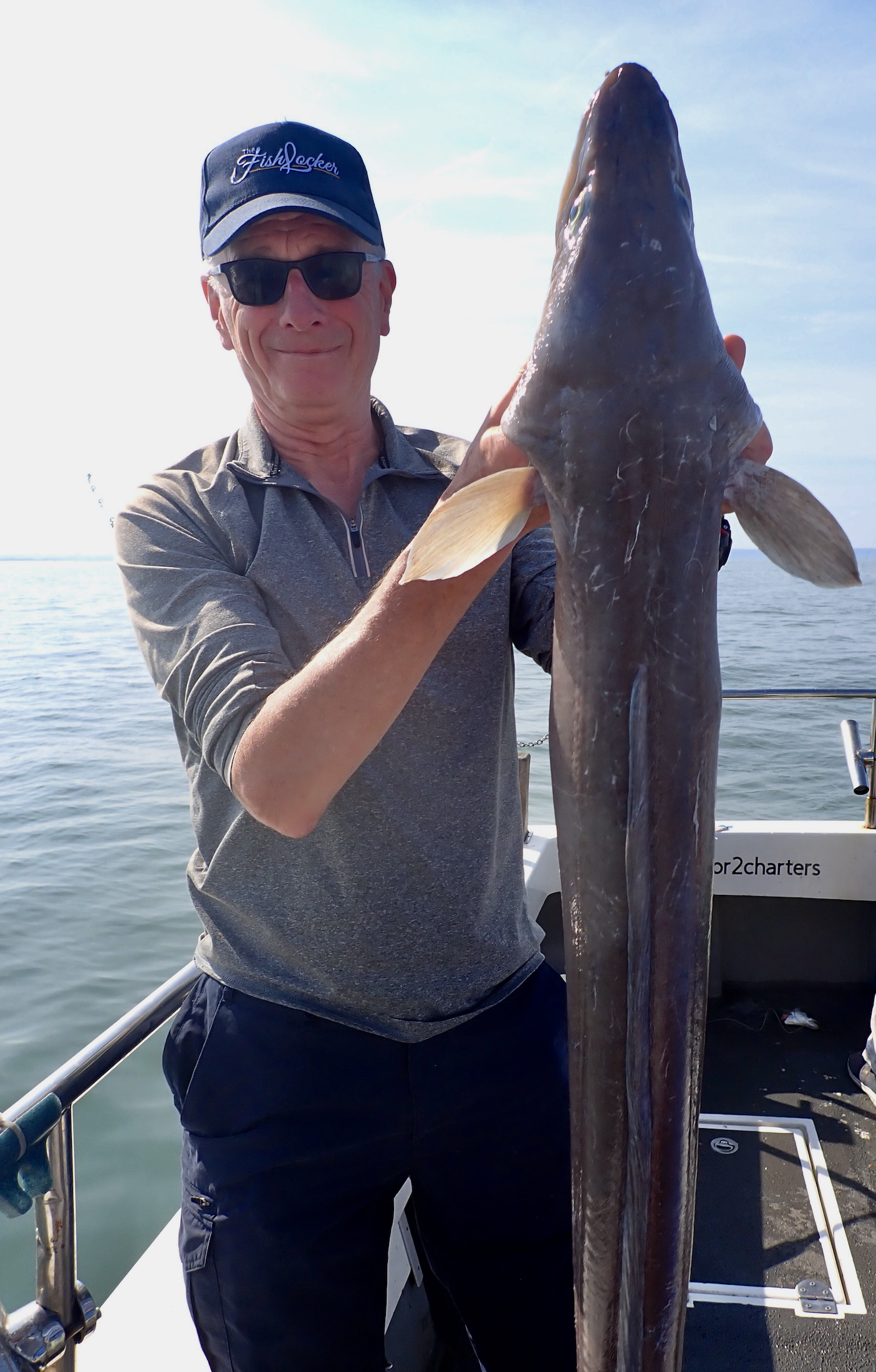
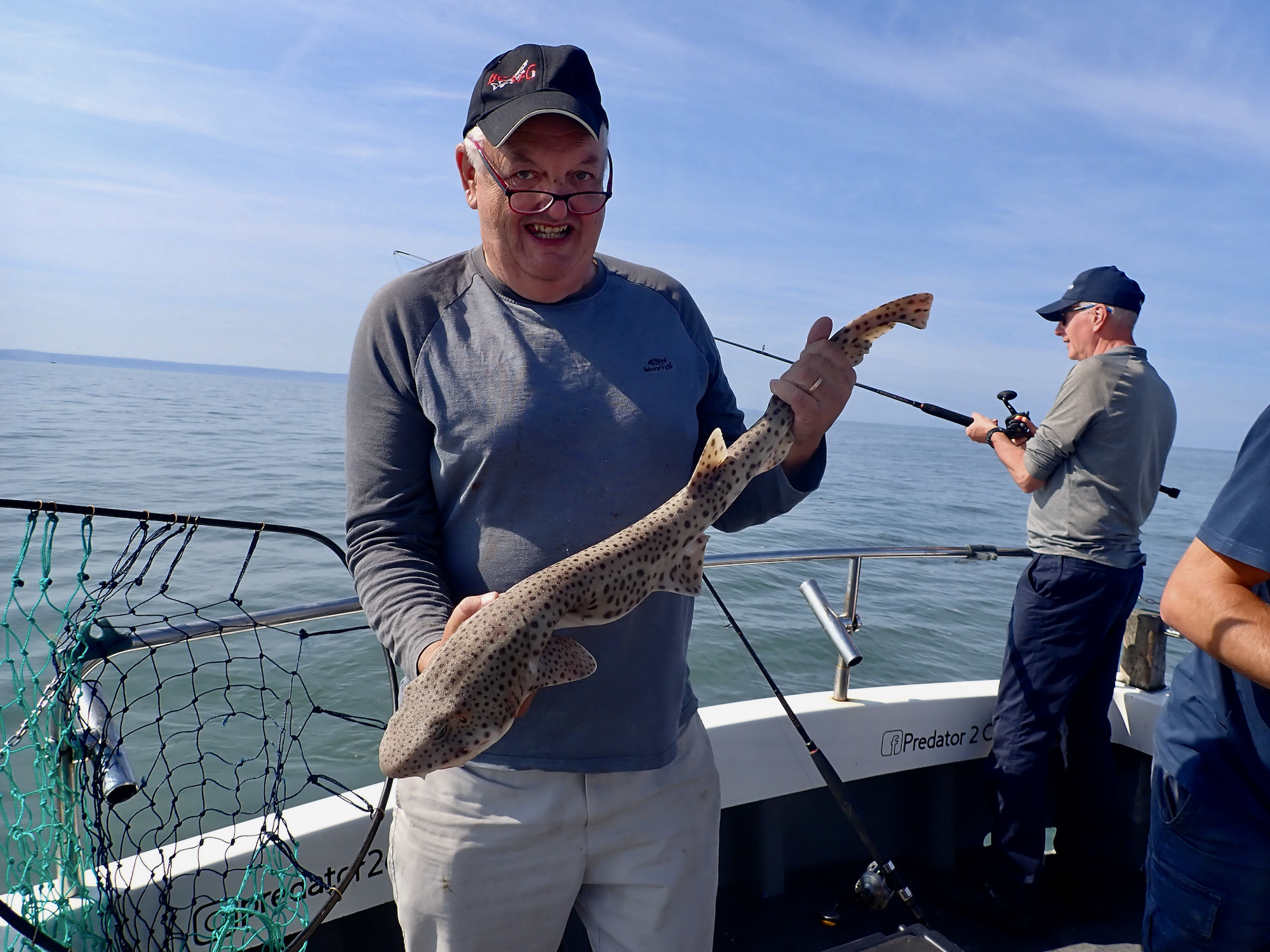
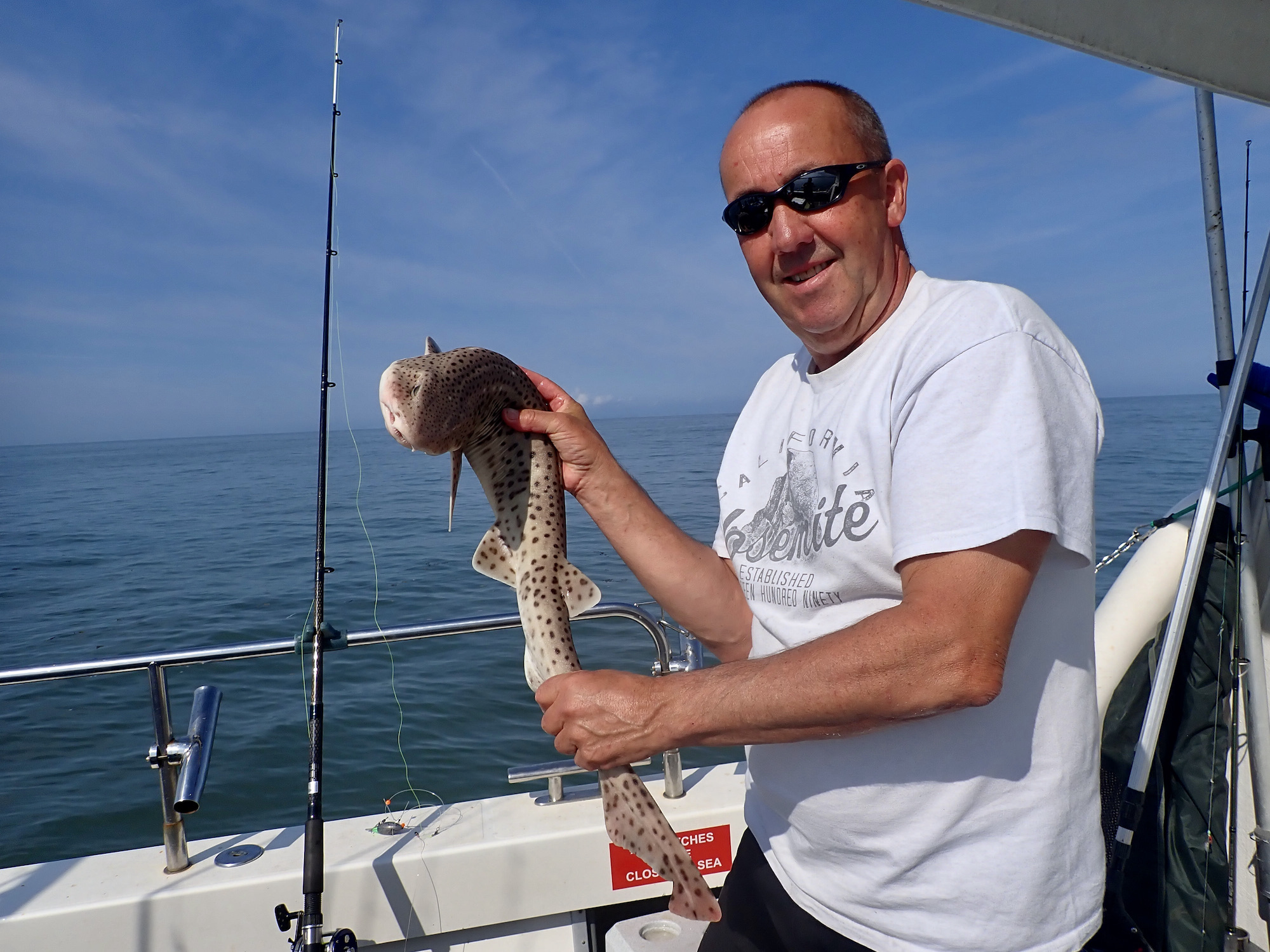
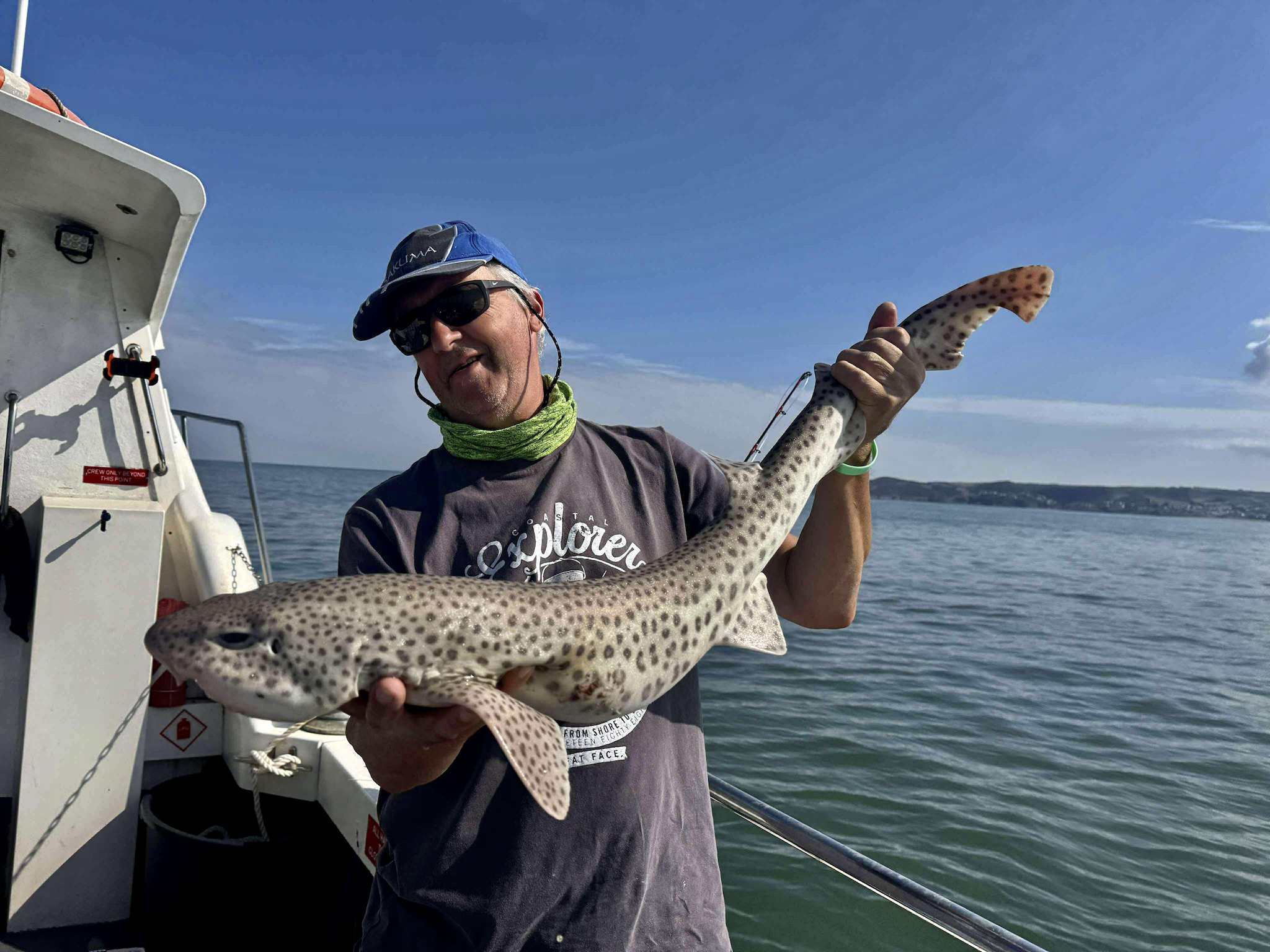
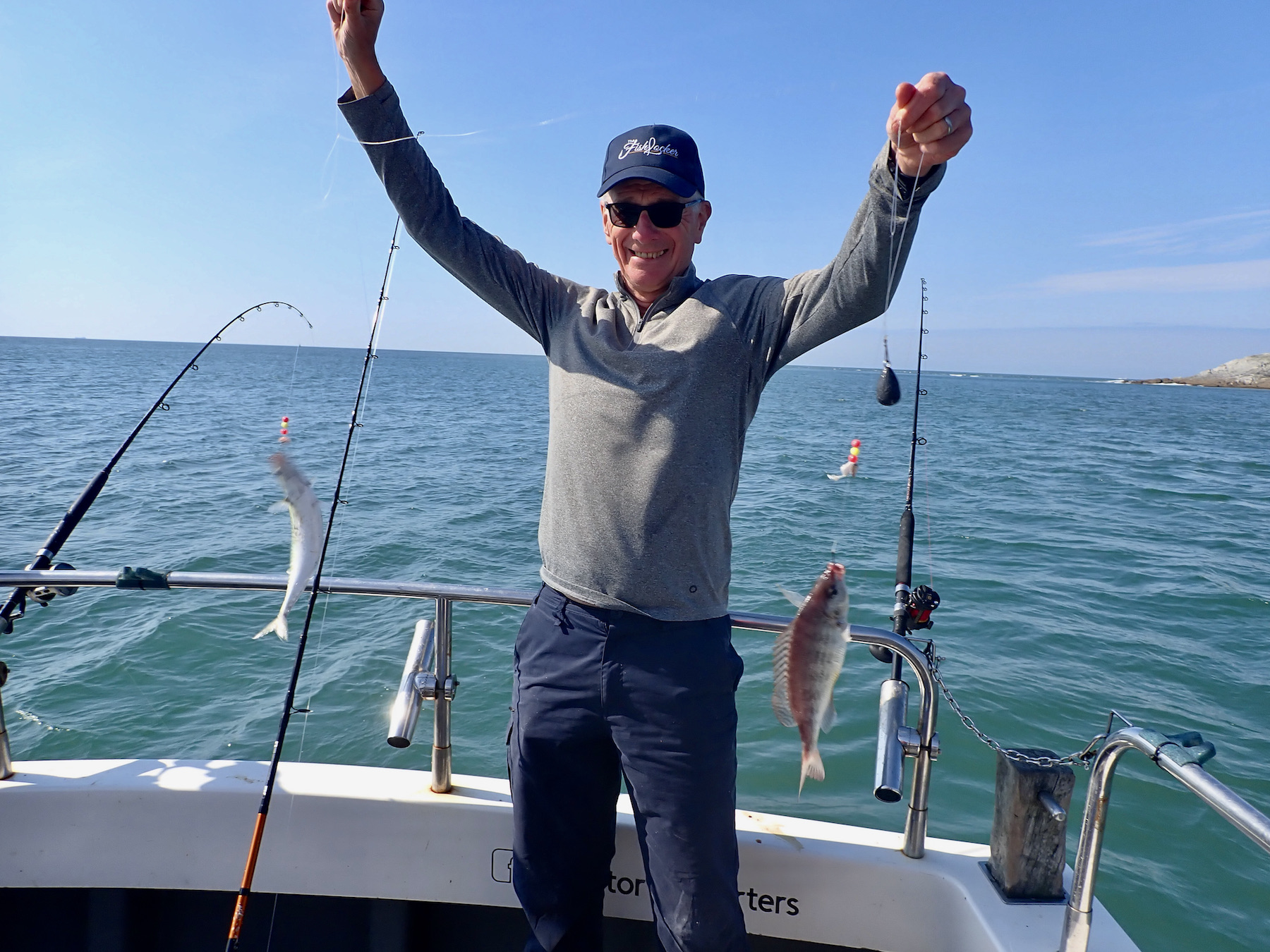
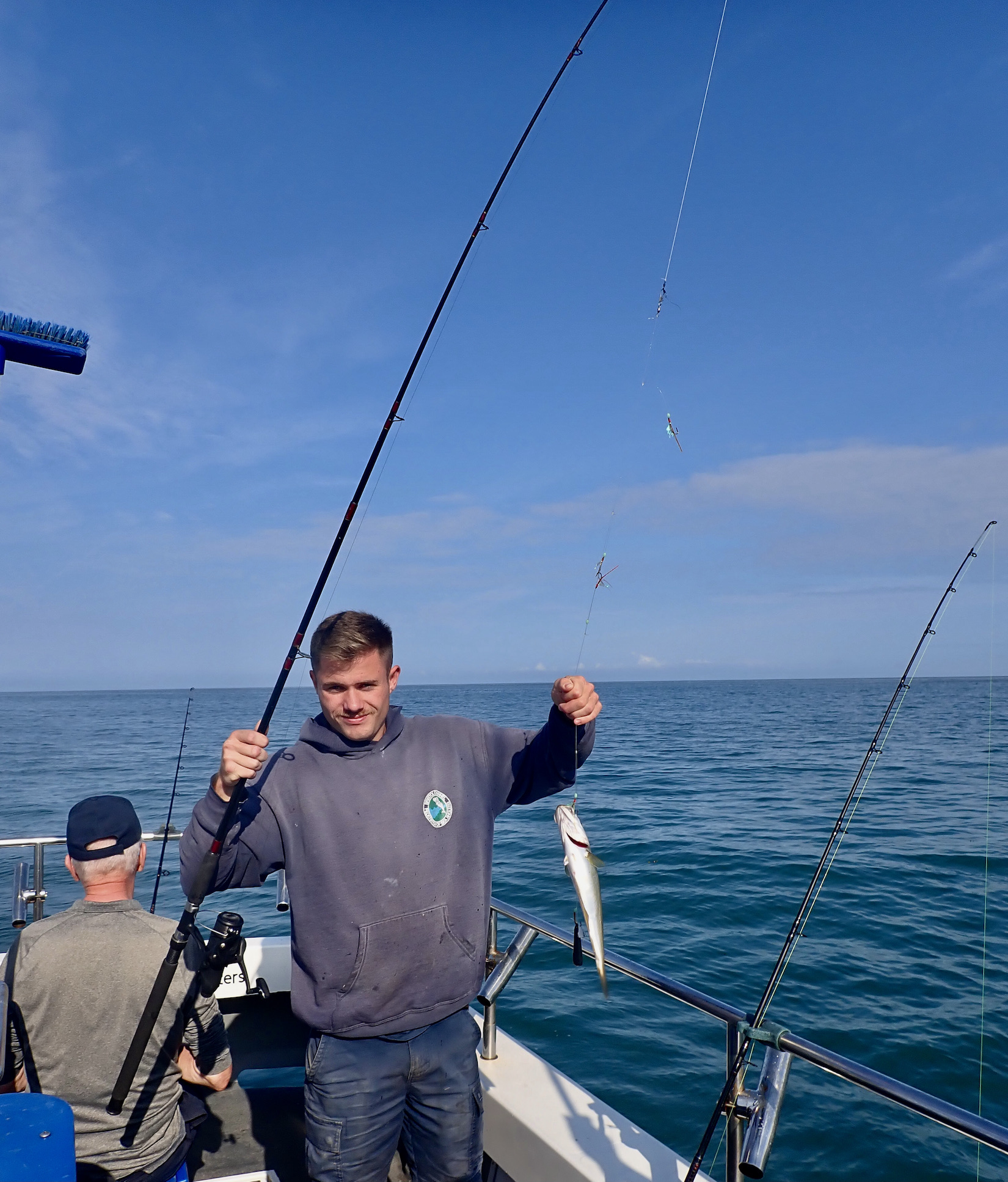
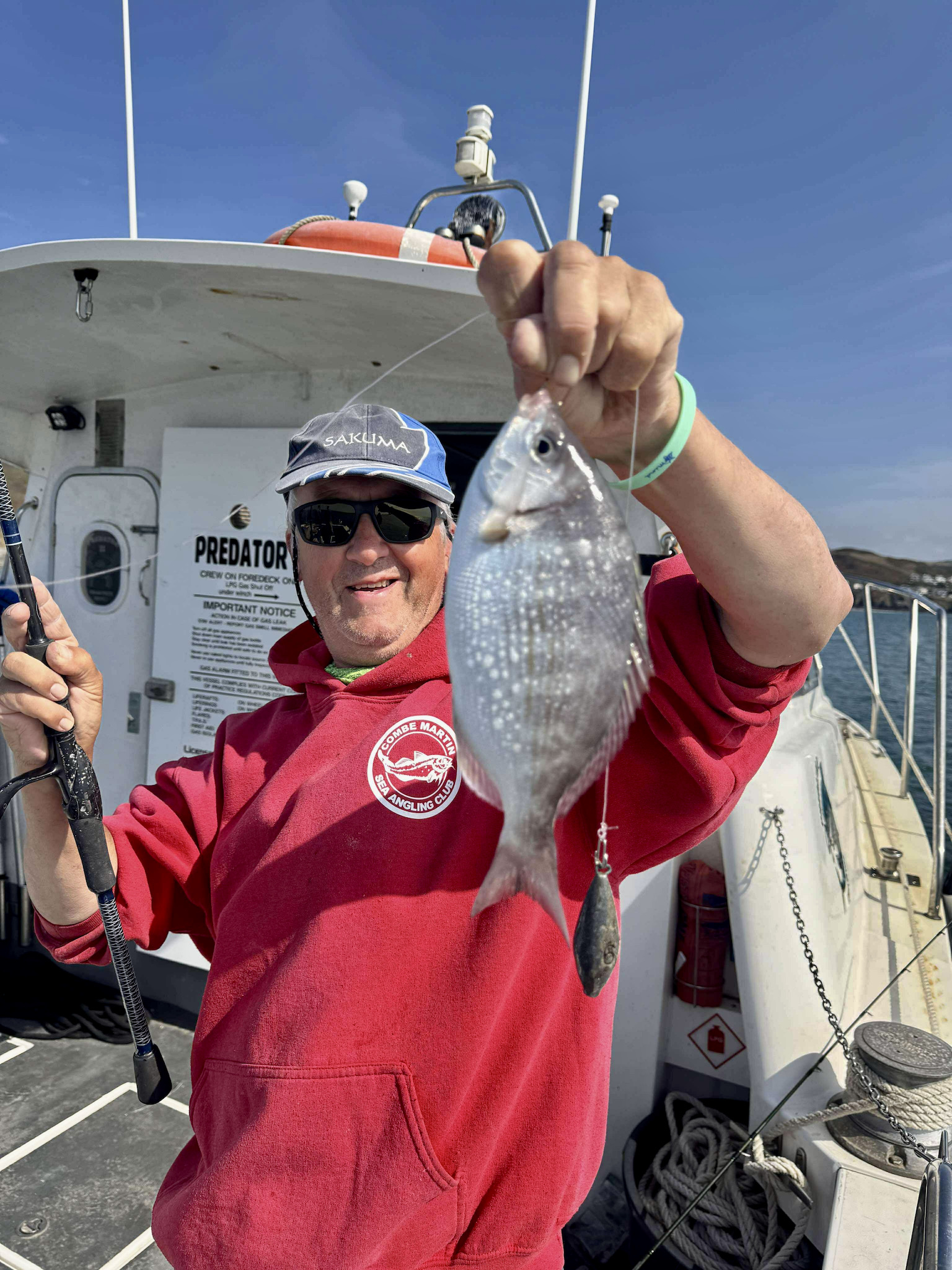
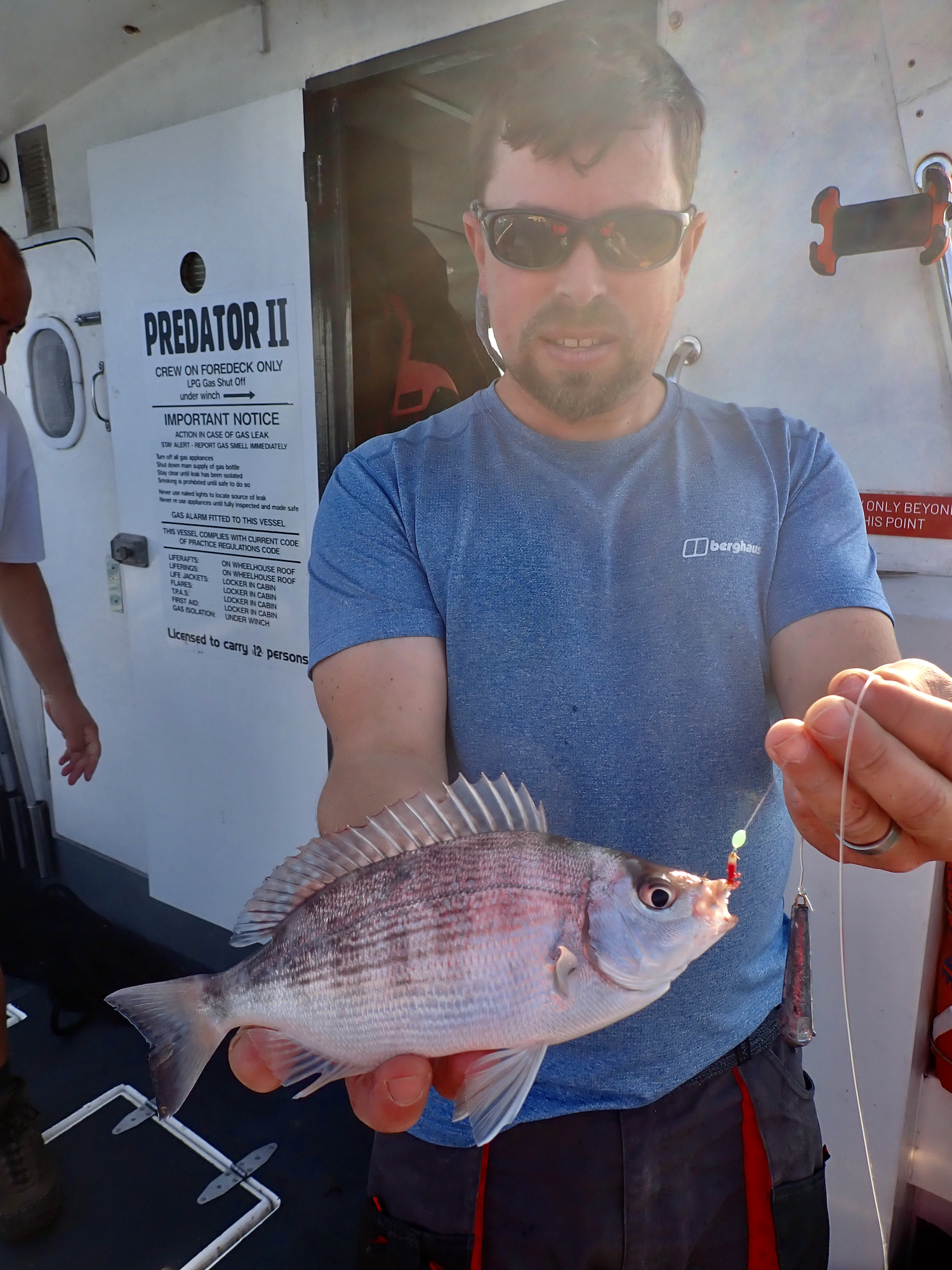




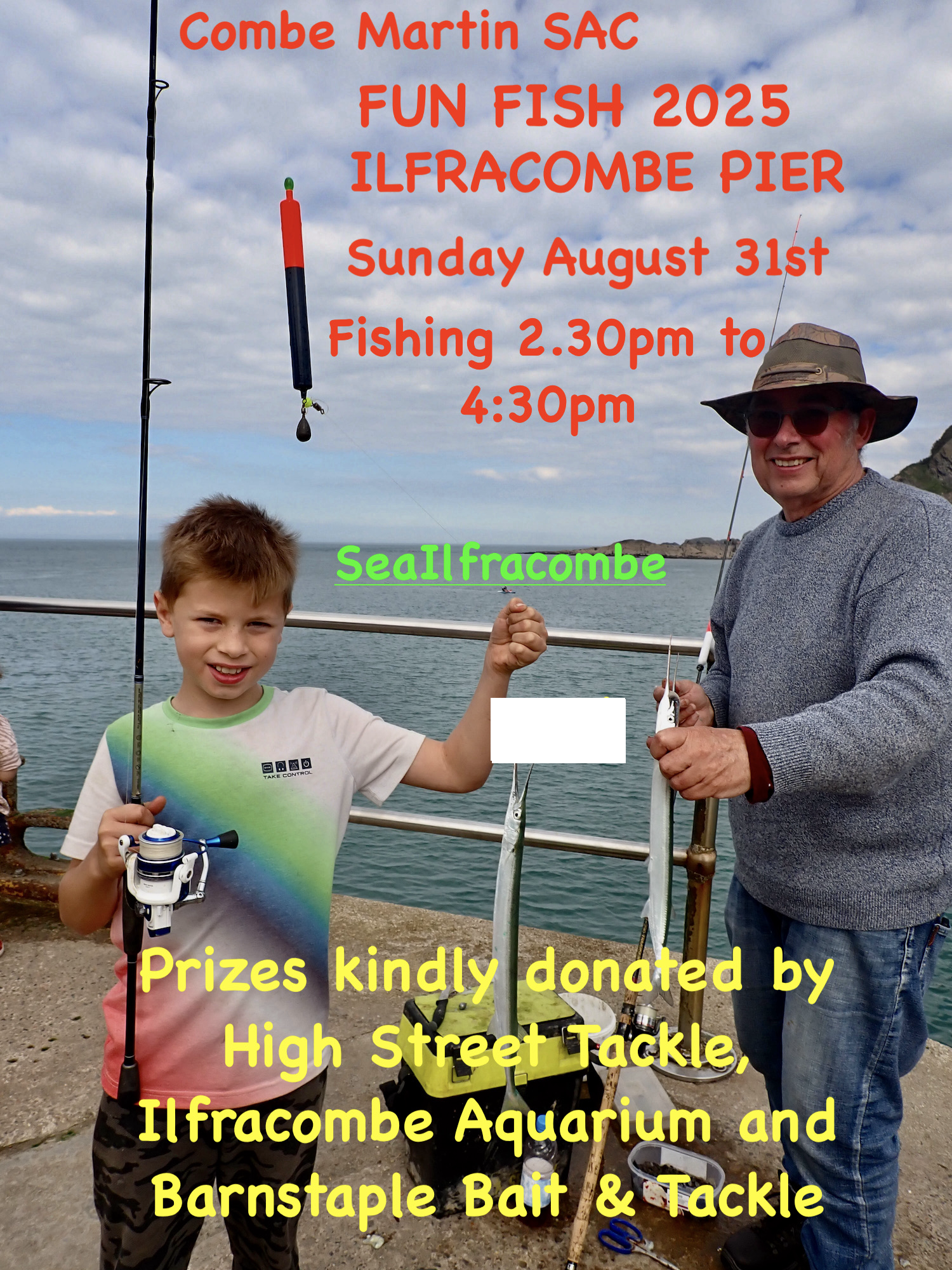
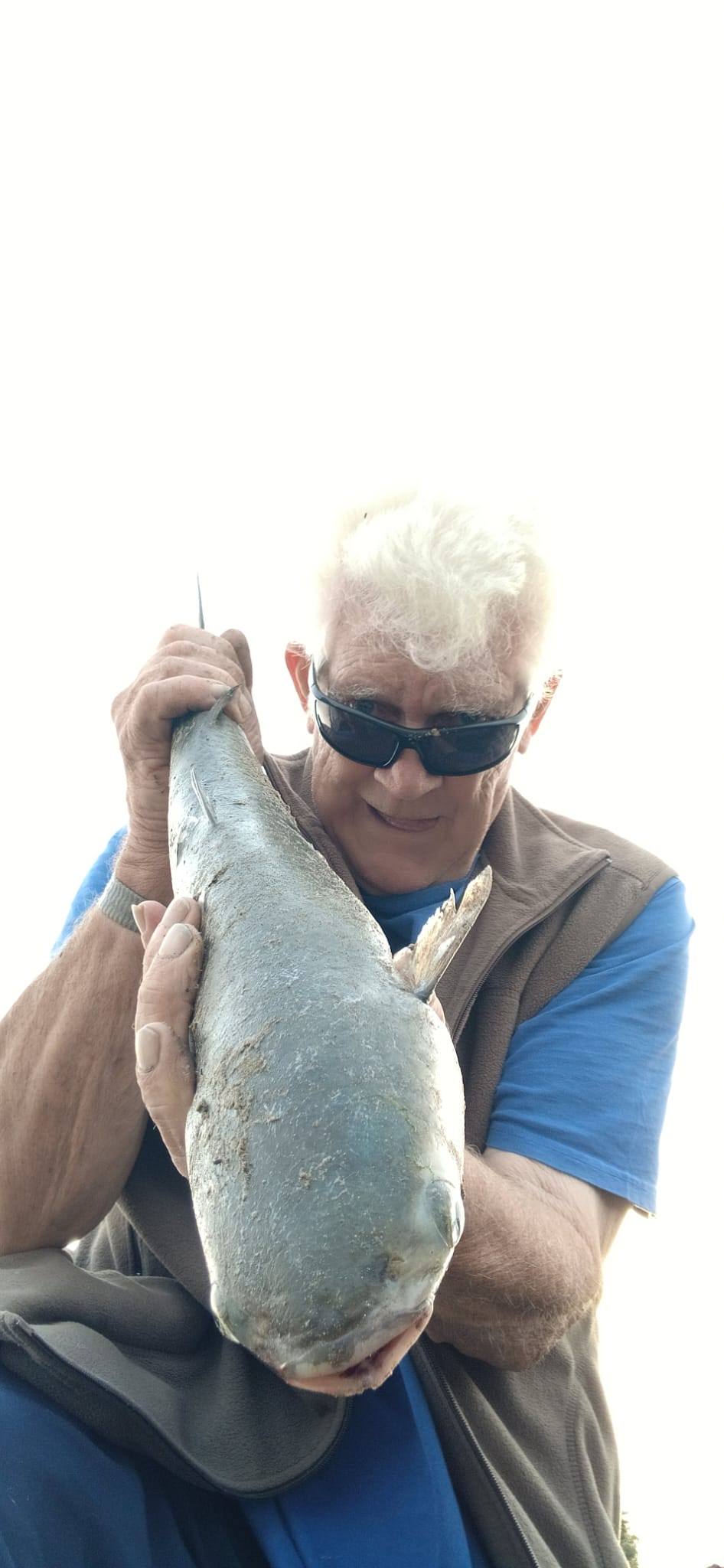
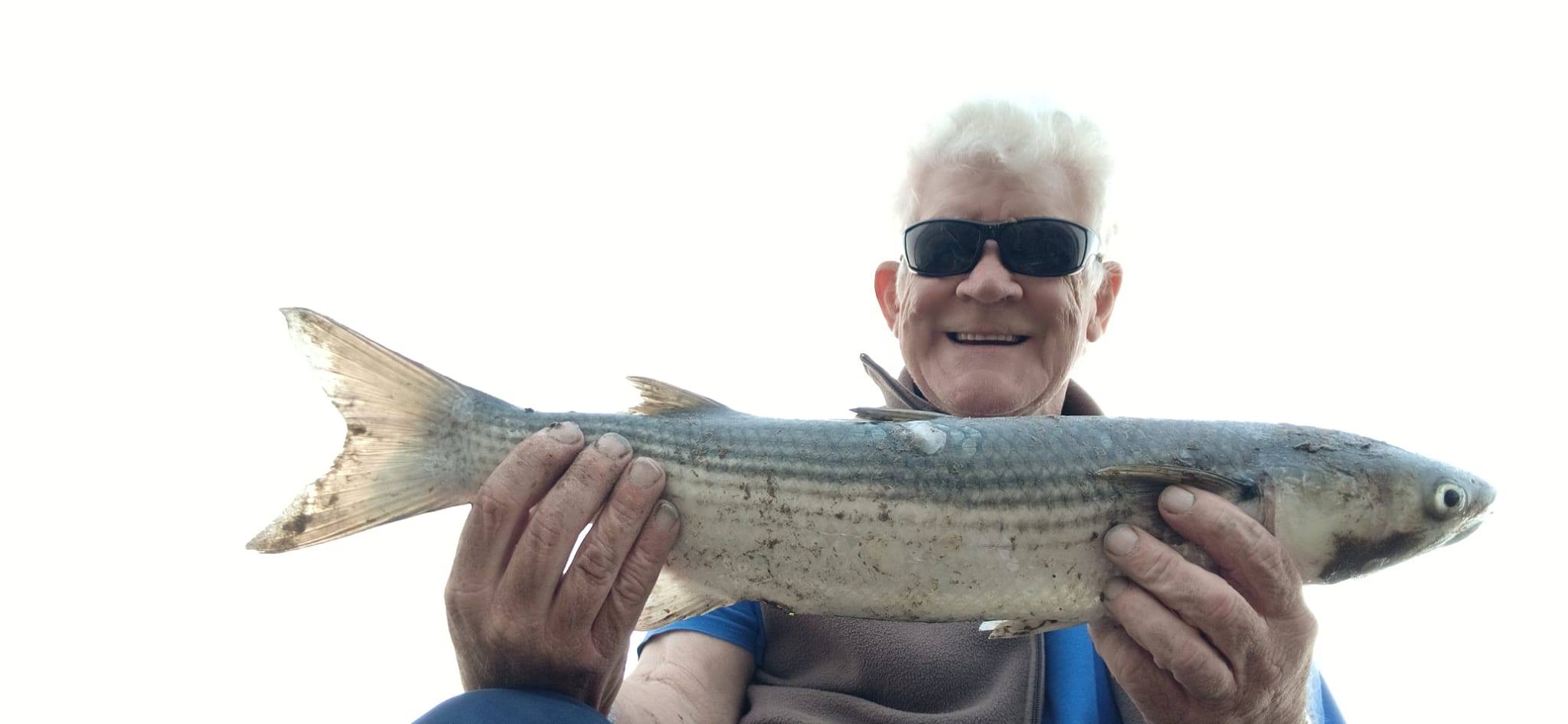
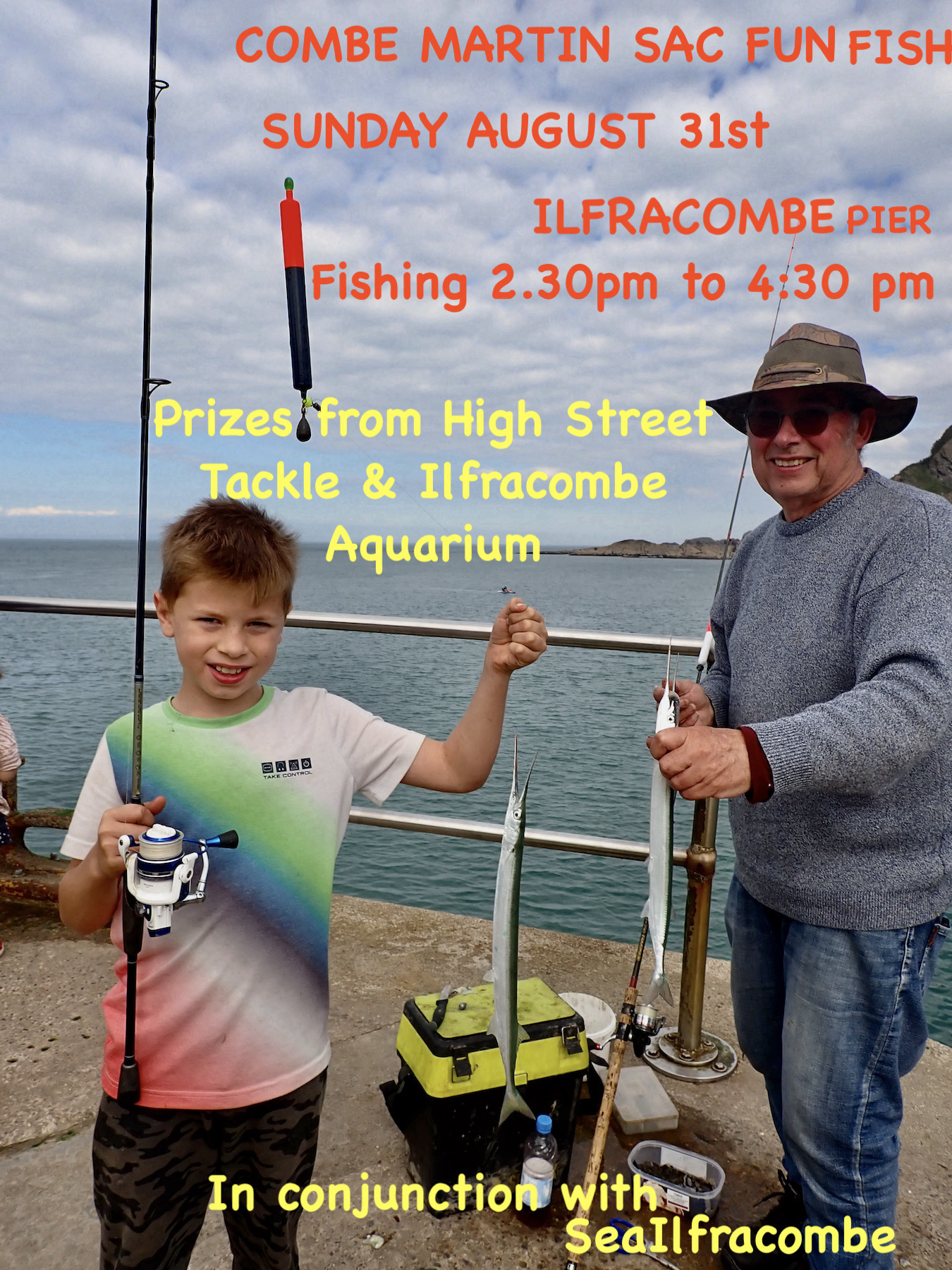





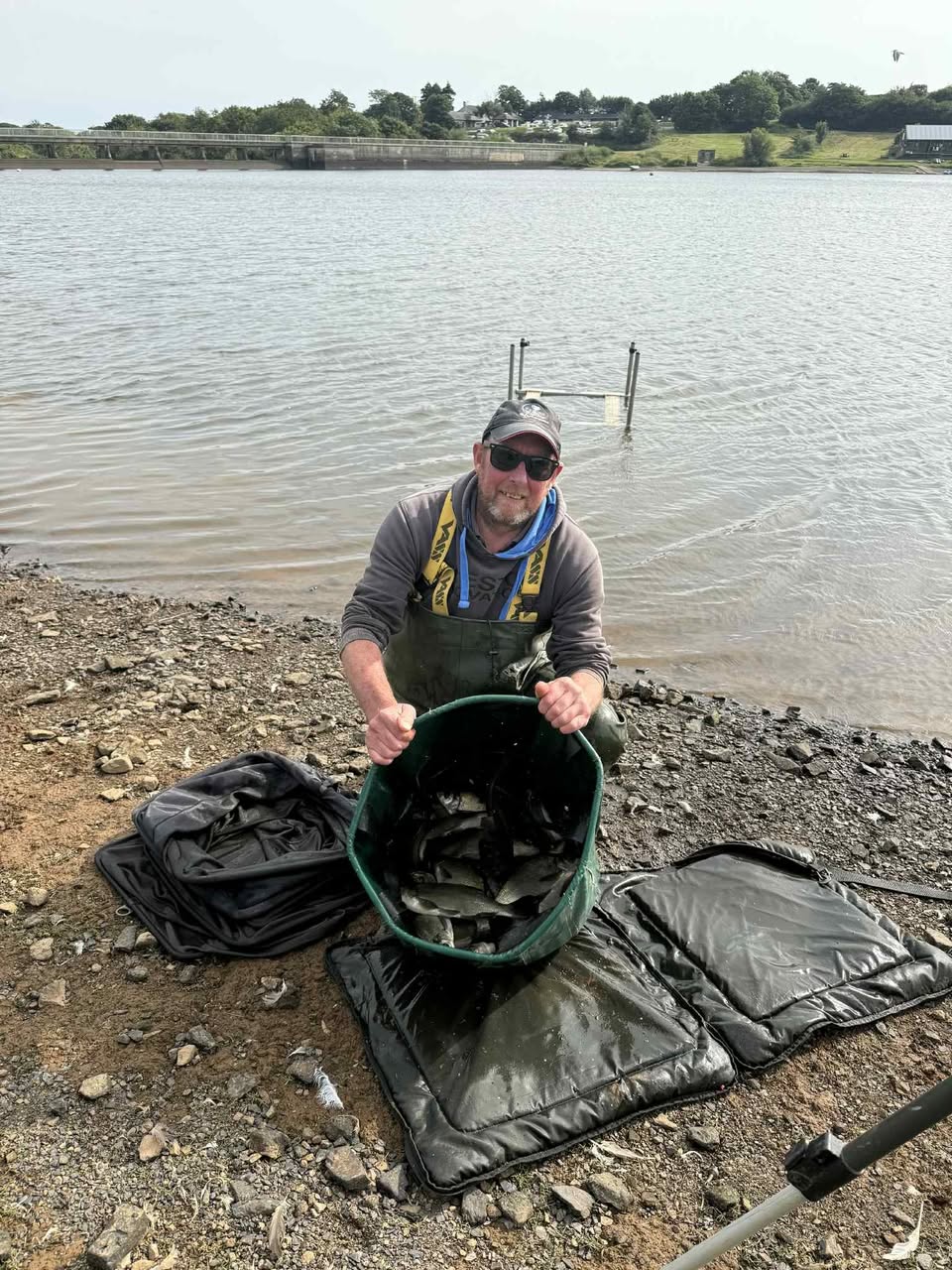
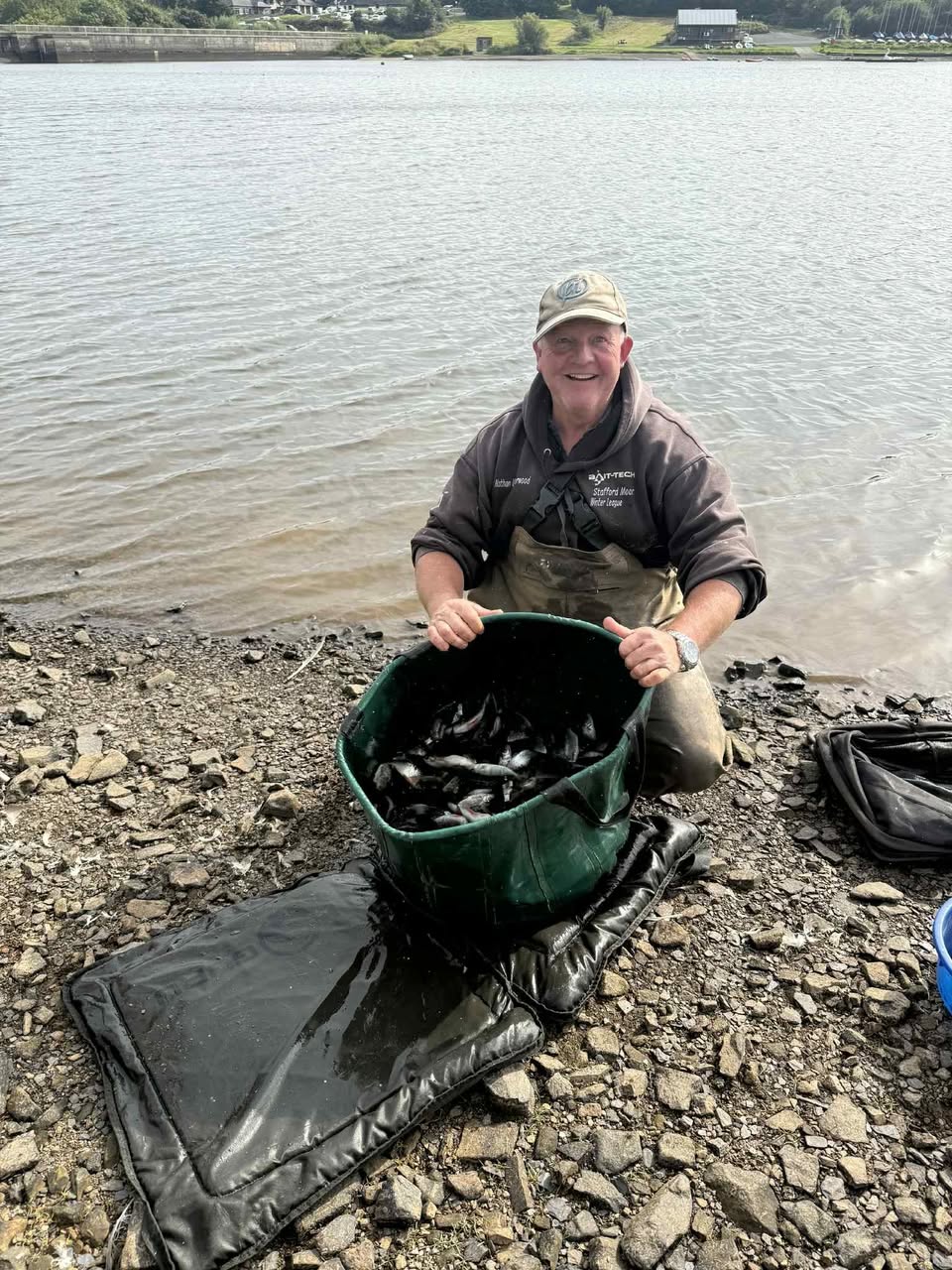

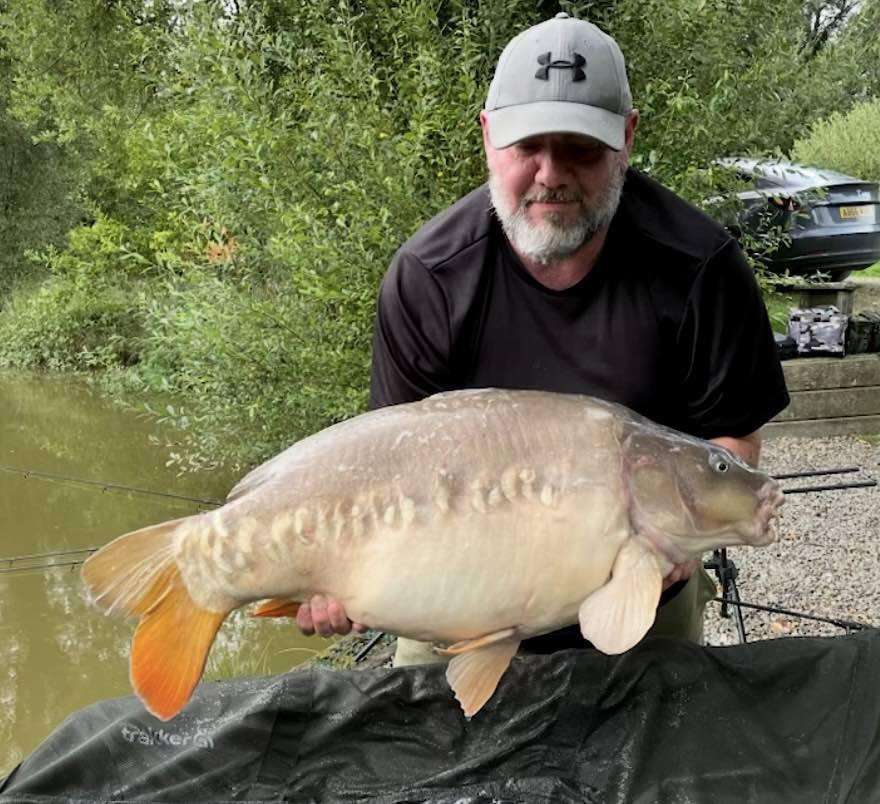 Martin Burton with a 32lb Mirror carp caught from Albert Square on a 16mm Sticky Krill Active wafter up on lodge lake
Martin Burton with a 32lb Mirror carp caught from Albert Square on a 16mm Sticky Krill Active wafter up on lodge lake












